MIPS Equestrian Helmet The Future of Rider Safety
Mar 25, 2025 | Super Equestrian
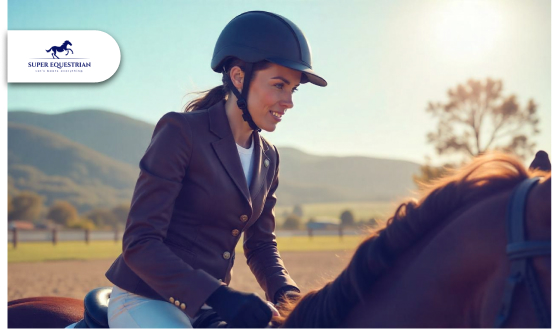
Horseback riding is a thrilling sport, but it’s also one of the riskiest, with head injuries among the most serious consequences of a fall. Studies show that head injuries account for nearly 22.6% of all equestrian injuries, with concussions often leading to long-term health challenges. Here comes the MIPS (Multi-Directional Impact Protection System), a groundbreaking innovation designed to reduce rotational forces on the brain during an impact. Originally developed for cycling and motorsports, MIPS technology has now found its way into equestrian helmets, offering enhanced protection that goes beyond traditional designs.
However, what exactly makes MIPS helmets so different, and why should every rider consider making the switch? Let’s take a closer look at the science, benefits, and exciting future of MIPS helmets in equestrian sports.
1) What is MIPS Technology in Equestrian Helmets?
Let’s see how this equine gear works and the key points of this tool that every rider should know:
(I) Explanation of MIPS and How It Works
MIPS (Multi-Directional Impact Protection System) is a cutting-edge technology designed to reduce the impact of rotational forces on the brain during a fall. The system consists of a low-friction layer inside the helmet that allows the outer shell to rotate independently of the inner foam layer. MIPS helps to redirect and absorb rotational forces, minimizing the risk of brain injuries like concussions.
(II) How MIPS Reduces Rotational Force Impact on the Brain
During a fall, especially when the head hits the ground at an angle, rotational forces can cause significant damage to the brain. MIPS works by allowing the helmet to rotate slightly upon impact, which reduces the transfer of these forces to the brain. This added layer of protection helps to distribute the force more evenly, lowering the chance of rotational brain injury, which is often a factor in concussions.
2) MIPS vs. Traditional Equestrian Helmets: Which is Safer?
%20MIPS%20vs_%20Traditional%20Equestrian%20Helmets_%20Which%20is%20Safer_.jpg)
After all, helmets are for the rider’s safety whether it’s new or traditional. Let’s break down their safeguarding power to choose wisely.
A Detailed Comparison of MIPS Helmets vs. Non-MIPS Helmets
Traditional helmets protect against linear impacts, absorbing the force from a direct hit. However, they don’t address the rotational forces when the head twists during a fall. MIPS helmets are designed with a slip-plane system that allows the helmet to rotate independently from the inner foam layer.
This movement reduces rotational forces, which are responsible for brain injuries like concussions. MIPS helmets offer a complete level of protection, reducing both linear and rotational impact.
Scientific Studies and Real-World Crash Tests Prove MIPS Effectiveness
Studies confirm that MIPS helmets are more effective at preventing rotational brain injuries. Research from the Journal of Neurosurgery shows that MIPS technology reduces rotational acceleration by 30-40% in crash scenarios. In real-world tests, MIPS helmets have led to fewer concussions, proving that this technology significantly lowers the risk of brain injuries.
Rider Testimonials: Why MIPS Helmets Are Becoming the New Standard
Riders are choosing MIPS helmets for the added protection and comfort. Professional equestrians have noted the enhanced safety during falls and the sense of relief MIPS provides. Many also appreciate how the technology integrates into helmets without compromising fit or performance, making MIPS helmets the preferred choice for safety-conscious riders.
3) How to Choose the Best MIPS Equestrian Helmet
%20How%20to%20Choose%20the%20Best%20MIPS%20Equestrian%20Helmet.jpg)
When selecting a MIPS helmet, the fit should be your top priority. A helmet that fits properly provides the best protection, ensuring it stays securely in place during a fall. Make sure to try on different sizes and adjust the fit for comfort.
(I) Key Factors to Consider
- Ventilation is another important factor. Helmets with proper airflow help keep riders cool during long rides or intense training sessions. Look for helmets with strategically placed vents that allow for maximum airflow without compromising safety.
- Weight plays a role in comfort, especially for riders who spend long hours in the saddle. MIPS helmets tend to be slightly heavier due to the added safety layer, but newer designs have made significant strides in reducing weight while maintaining the protective benefits. You can also check this out: Best Monoflap Saddles for Horse Comfort and Performance.
- Finally, ensure the helmet meets safety certifications. ASTM F1163-15 and SEI certification are standard for equestrian helmets in the U.S. and ensure that the helmet meets the required safety testing for impact protection.
(II) Top MIPS Helmet Brands for Equestrians
Several premium brands have incorporated MIPS technology into their equestrian helmets. Charles Owen, known for their craftsmanship and safety, offers MIPS-equipped helmets with excellent fit and comfort. Samshield provides a sleek design combined with MIPS for superior protection, often favored by competitive riders. GPA is another top choice, blending innovation with style and high-performance safety. Other brands, such as Troxel and One K also offer MIPS helmets designed for both recreational and professional riders.
(III) Cost vs. Safety: Is Upgrading to an MIPS Helmet Worth the Investment?
While MIPS helmets are generally more expensive than traditional helmets, the added protection is a valuable investment, especially for riders who spend significant time in the saddle or participate in high-risk activities. The reduction in rotational forces can significantly lower the risk of concussions and brain injuries, making the extra cost worth it in terms of long-term health and safety. For riders prioritizing both safety and comfort, MIPS technology justifies the price.
4) The Future of Helmet Safety in Equestrian Sports
%20The%20Future%20of%20Helmet%20Safety%20in%20Equestrian%20Sports.jpg)
With advancements, MIPS may soon be standard in competitions, and ongoing education will push for safer riding practices. Here’s how they stand out:
(I) Upcoming Advancements in Helmet Technology Beyond MIPS
As helmet technology continues to evolve, innovations beyond MIPS are emerging. New materials, such as carbon fiber and graphene, are being tested for their strength and lightweight properties, offering even more protection without adding bulk.
Additionally, smart helmet technology is on the horizon, with impact sensors and data-tracking systems that can monitor forces and alert medical professionals after an impact. These advancements could lead to helmets that not only protect riders in real time but also provide valuable data for safety analysis and injury prevention.
(II) Will MIPS Helmets Become Mandatory in Equestrian Competitions?
While MIPS helmets aren’t yet required in most equestrian competitions, the growing awareness around safety may drive changes in regulations. Several organizations are already recommending MIPS helmets for specific high-risk events, and as research into concussion prevention continues, governing bodies may make MIPS helmets mandatory in the future. This could mirror the growing trend in other sports, like cycling and skiing, where MIPS technology has been integrated into official safety standards.
(III) How Riders, Trainers, and Organizations Can Promote Better Helmet Safety
Riders and trainers have the power to lead by example when it comes to helmet safety. Choosing MIPS helmets and educating others about the importance of protecting the brain during falls can make a significant impact. Organizations, from riding schools to competition organizers, can promote helmet safety by hosting educational events, offering safety-focused workshops, and partnering with helmet manufacturers to make MIPS helmets more accessible. All these efforts lead to creating safer riding environments for everyone.
Final Thoughts: Why Every Rider Should Consider a MIPS Helmet
Whether you're training, competing, or enjoying a peaceful ride, an MIPS helmet offers the security you need. These helmets reduce the rotational forces that can cause brain injuries, providing enhanced protection in unpredictable moments. Investing in an MIPS helmet is an investment in your well-being. It doesn't just meet safety standards; it exceeds them, making it the smart choice for any serious rider.
Why wait? Ride with confidence, knowing you're protected by some of the best gear available. And while you’re at it, explore more of Super Equestrian for tips and insights to elevate both your safety and performance.
Recent Blogs
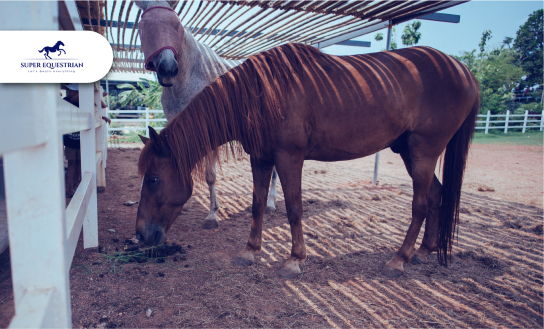
Common Equine Diseases and How ...
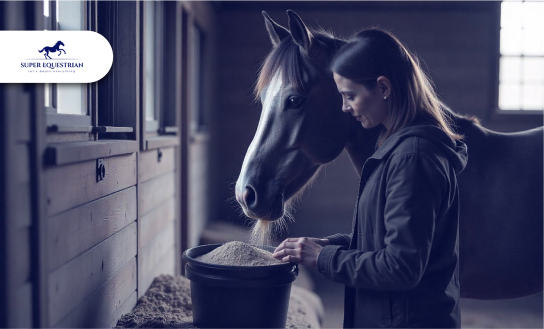
Equine Health Supplements: What Every ...
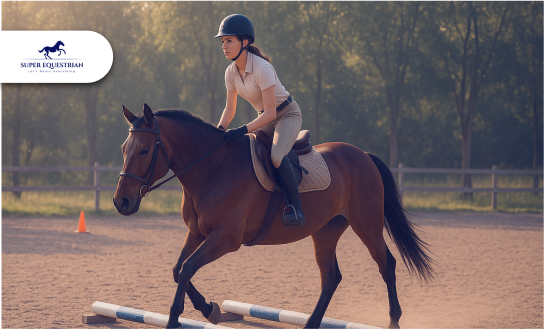
Jumping Basics: How to Prepare ...
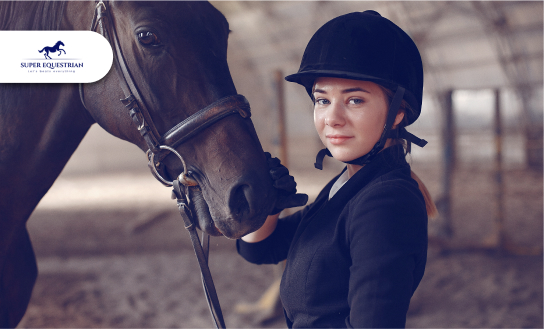
Essential Horse Riding Gear for ...
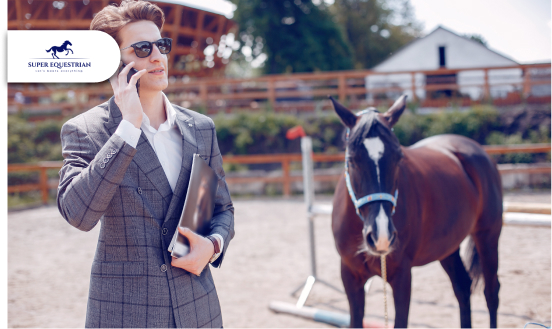
How to Balance Work, Life, ...

How to Balance Work, Life, ...
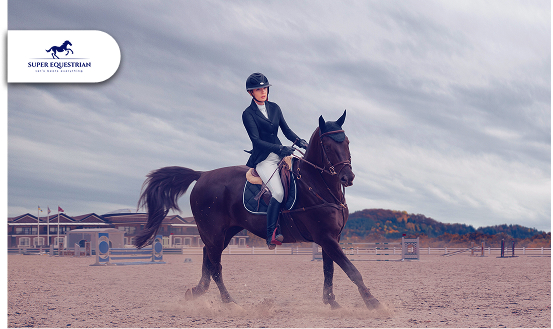
Top 5 Exercises to Improve ...

How to Build Confidence as ...
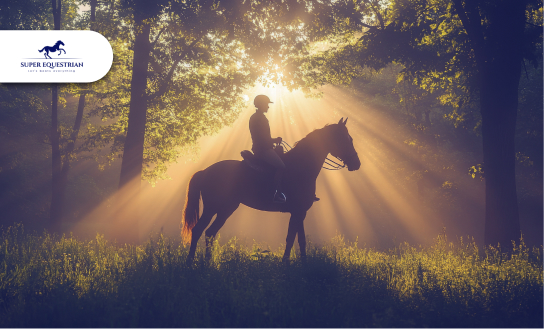
Spotlight on Equestrian Legends: Riders ...

Horse Auctions and Sales...

Top Horse Friendly Travel Destinations ...

How to Build Stronger Bonds ...

Upcoming Horse Shows and Competitions ...

MIPS Equestrian Helmet The Future ...
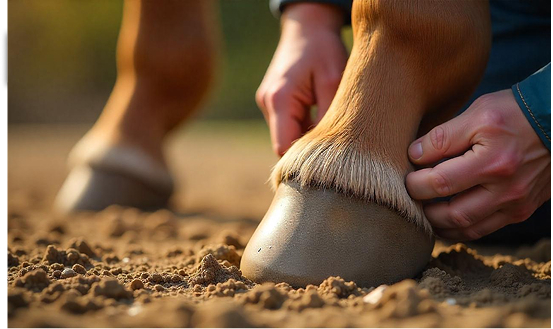
How to Recognize and Treat ...
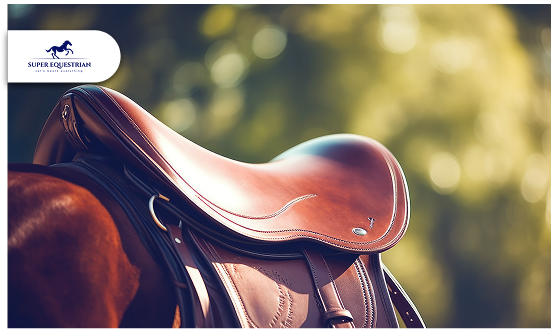
How to Choose the Perfect ...

Horse-Themed Gifts Unique Ideas ...
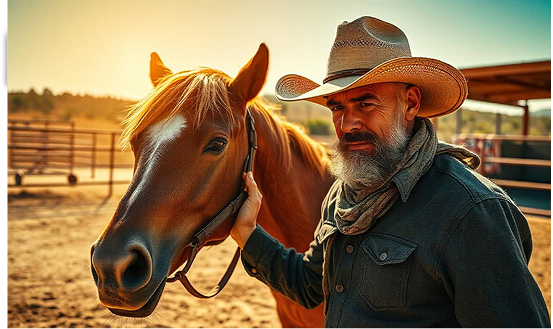
Horse Training Techniques: Creating A ...
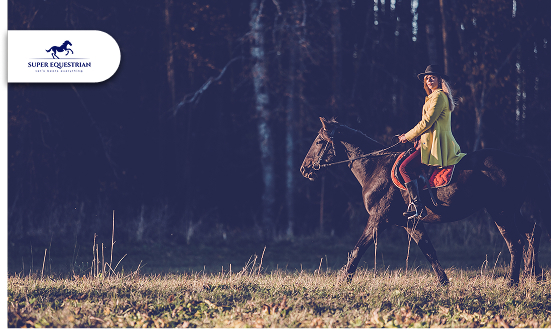
Horseback Riding Lessons – Everything You ...
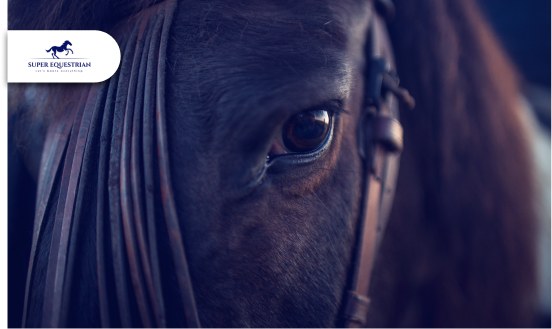
Horse Photography Tips: Learn the ...
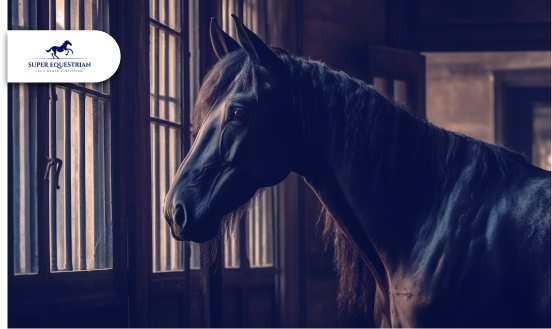
Horse Stable Management: The Quiet ...
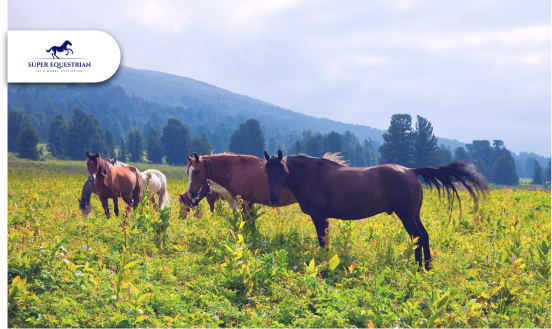
Horse Rescue Organizations: A Profound ...
Horse Racing Events A Look ...
Best Horse Manure Fork Six ...
What Are The Rarest Horses ...
What Does It Mean When ...
Horse Insurance Providers This Is ...

Horse Behaviour and Psychology: Learn ...

How Much Does a Horse ...
.jpg)
Best Monoflap Saddles For Your ...
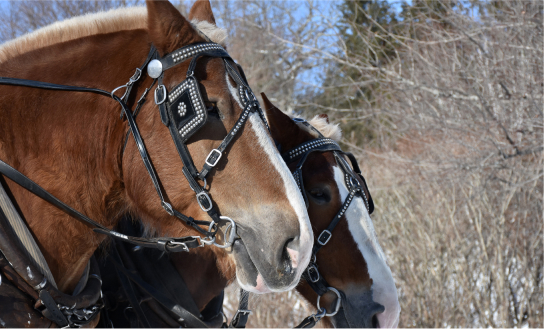
Best Hackamore For Barrel Racing...
.jpg)
Best Barrel Racing Reins Top ...
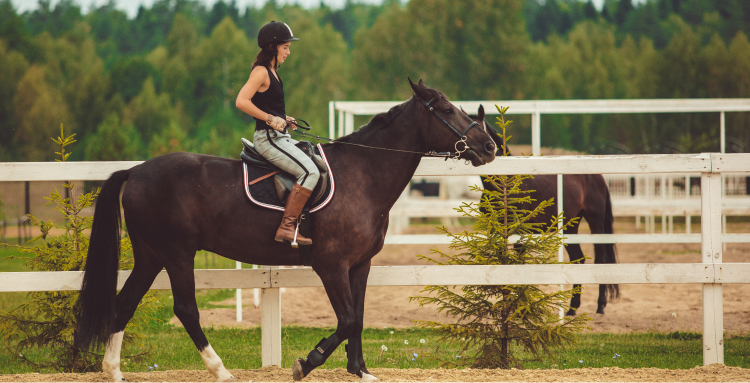
Horse Anatomy And Physiology: Facts ...
.jpg)
Best Stirrups For Ankle Pain - ...
.jpg)
Horse Care Tips and Tricks: ...
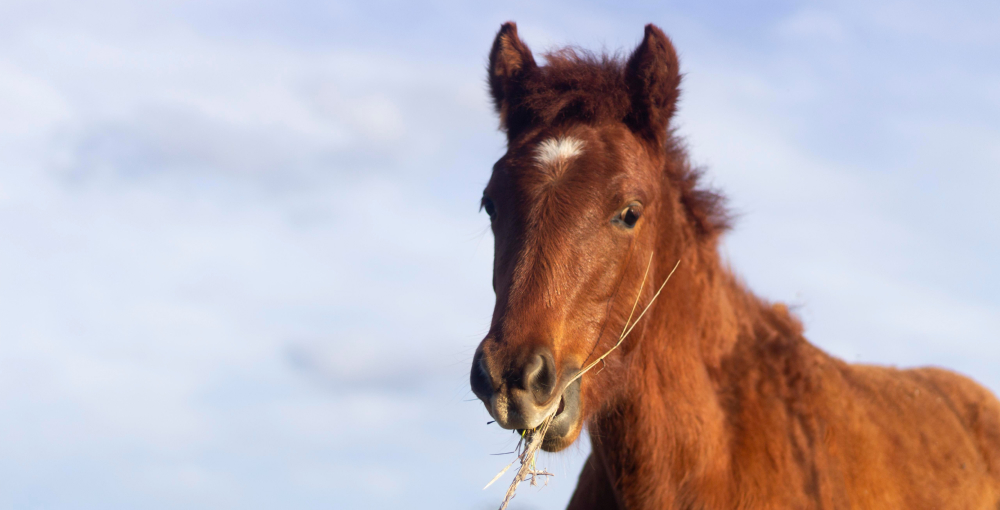
What Do Wild Horses Eat- ...
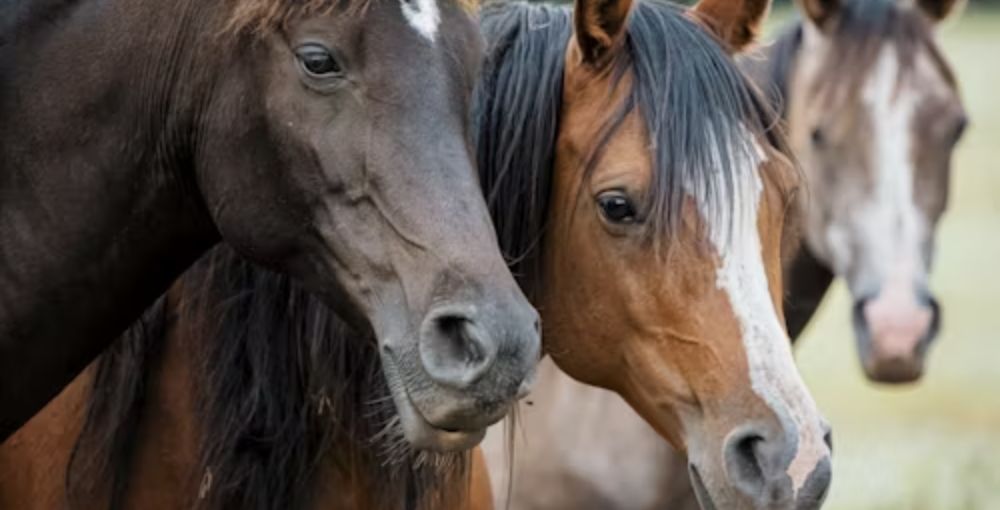
Horse Breeds and Characteristics: How ...
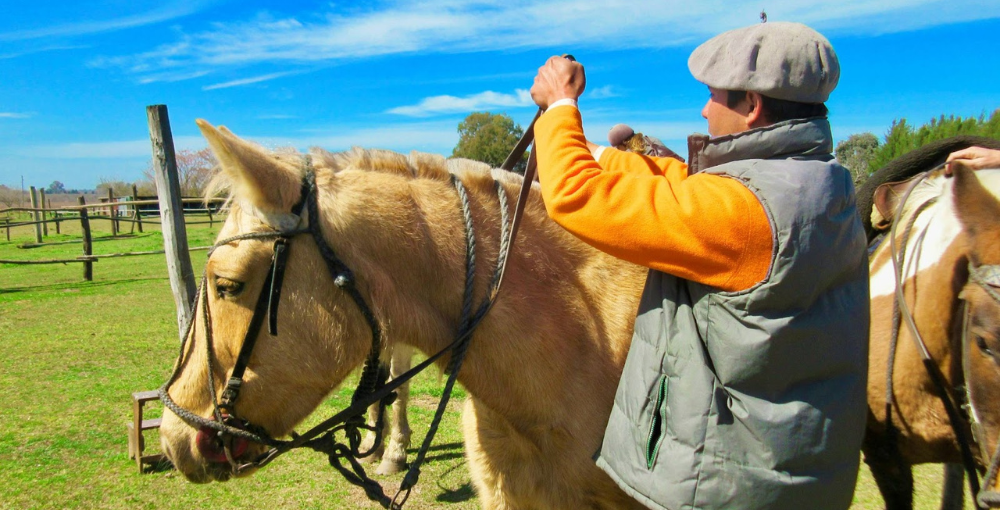
Best Barrel Racing Reins - Top ...

Horse Breeds and Characteristics: How ...

Best Breeches For Curvy Riders...
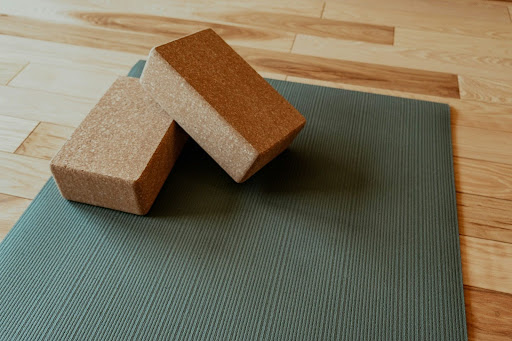
Best Stall Mats For Horses - ...

Best Horse Brushes ( A Thread ...

Best Saddle Rack ( Keep Your ...

Best Bit For Training a ...
.jpg)
10 Morgan Horse Show Held ...
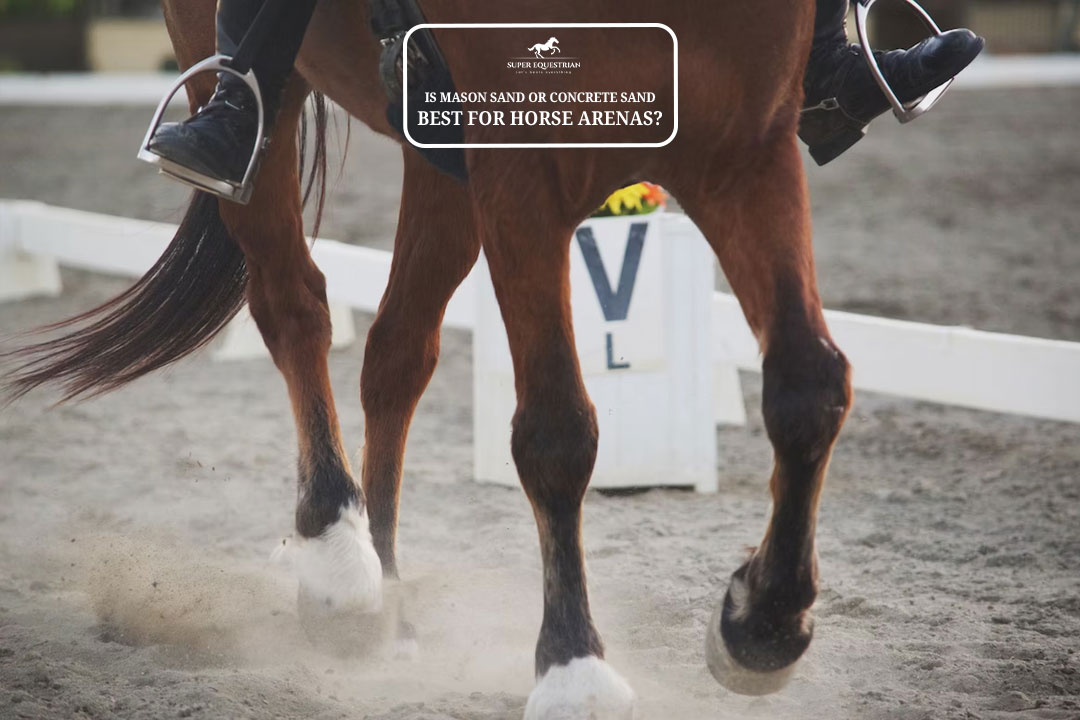
Is Mason Sand Or Concrete ...
.jpg)
Best Girth For Your Horse ...
.jpg)
Ranch Cutter vs Cowhorse Saddle? ...
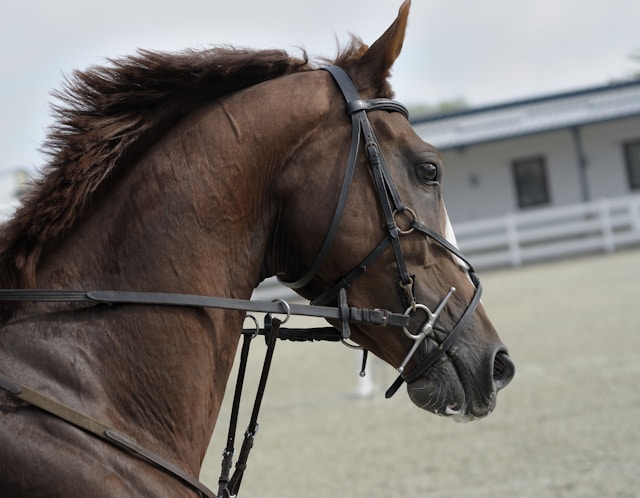
Types of Horse Bit and ...
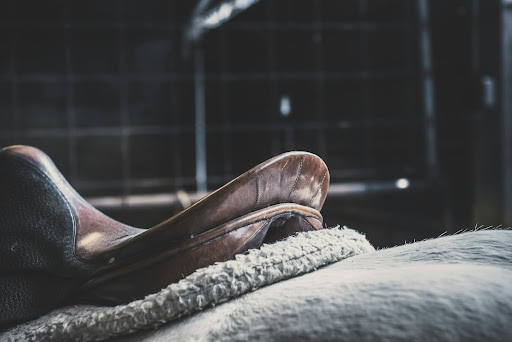
Is Hilason a Good Saddle ...
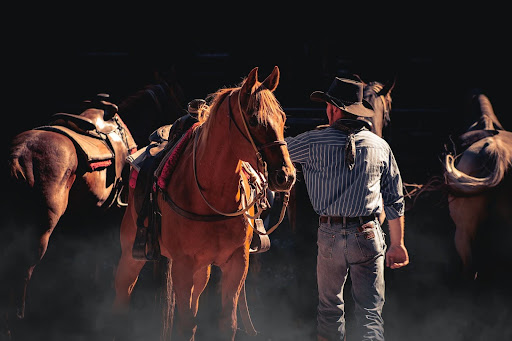
How to choose a bit ...
.jpg)
Best Salt Blocks For Horses...
.jpg)
Types of Horse Brushes (Equine ...
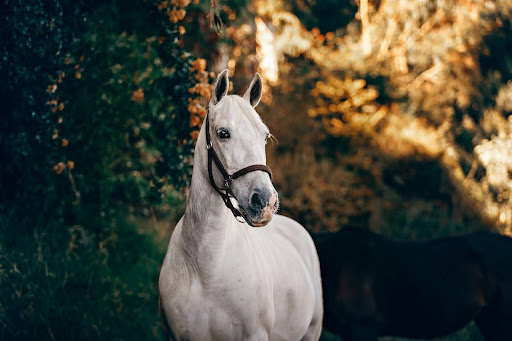
How To Get a Horse ...
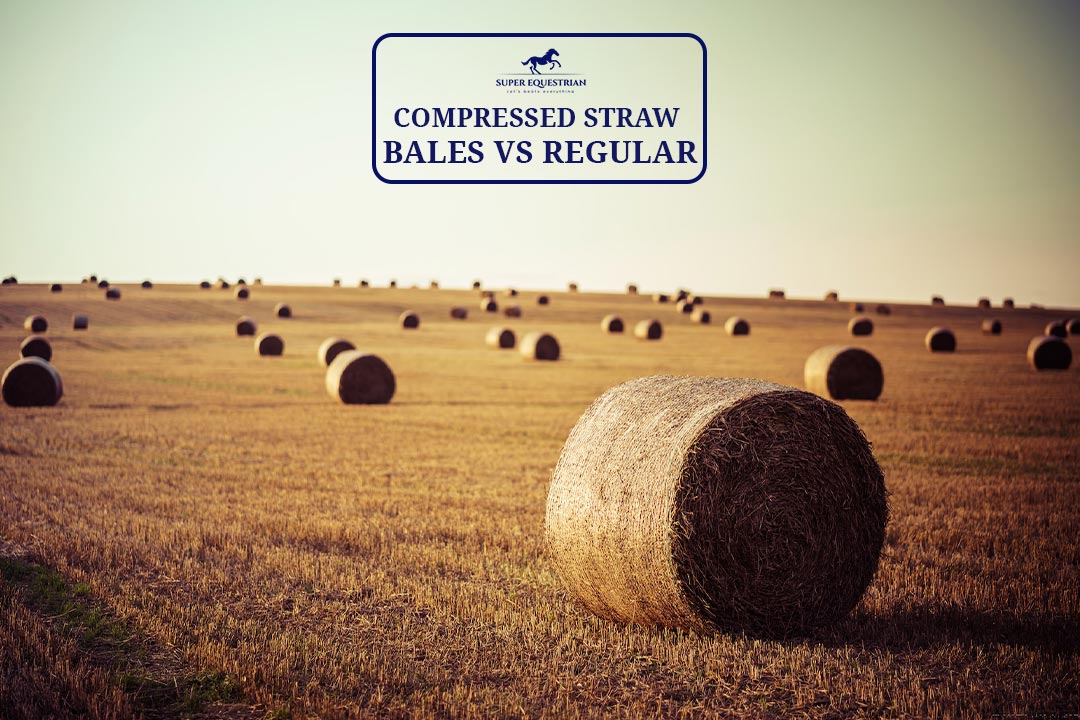
Compressed Straw Bales Vs Regular? ...
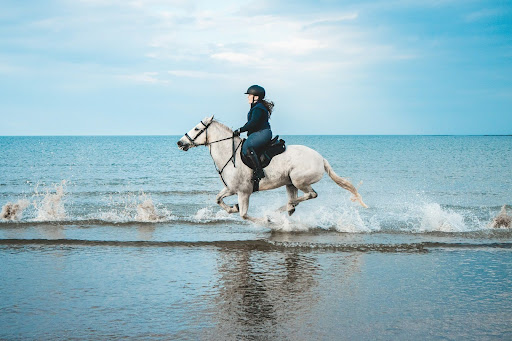
Horse Riding Lessons For Intermediate ...
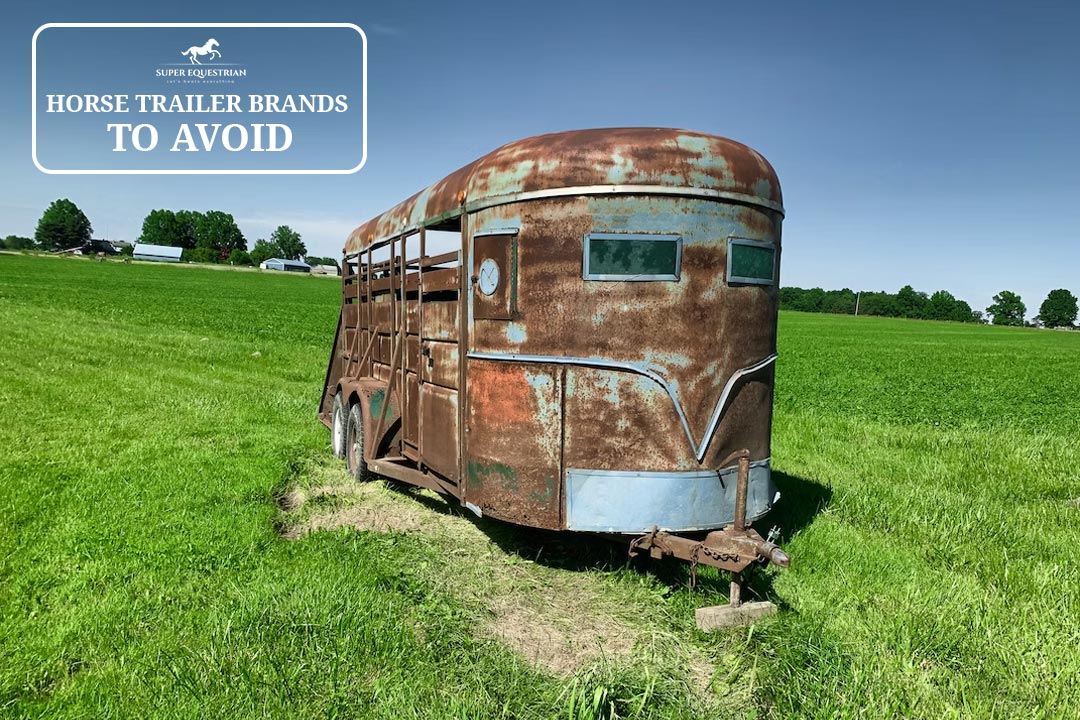
Horse Trailer Brands To Avoid...

Strawberry Roan vs Red Roan? ...
.jpg)
Gelding vs Stallion...
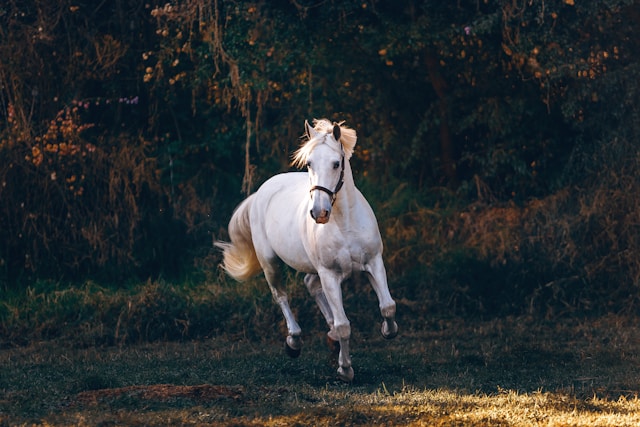
Why Does a Horse Whinny? ...
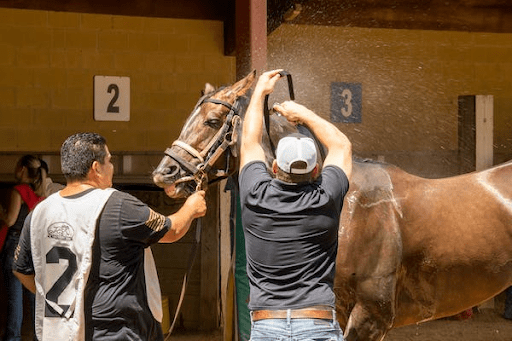
How to Clean a Rusty ...

Why Do Horses Foam at ...

Why Do Horses Bob Their ...

Nutrition Unveiled: Triple Crown Senior ...
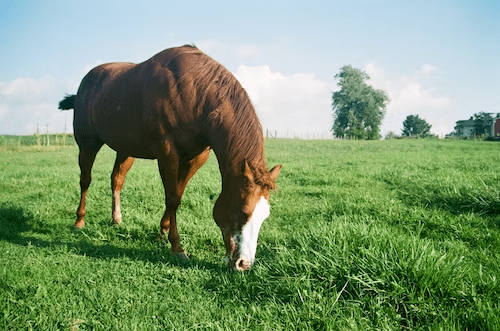
Pasture Pro Vs. Grazon: Horse-...
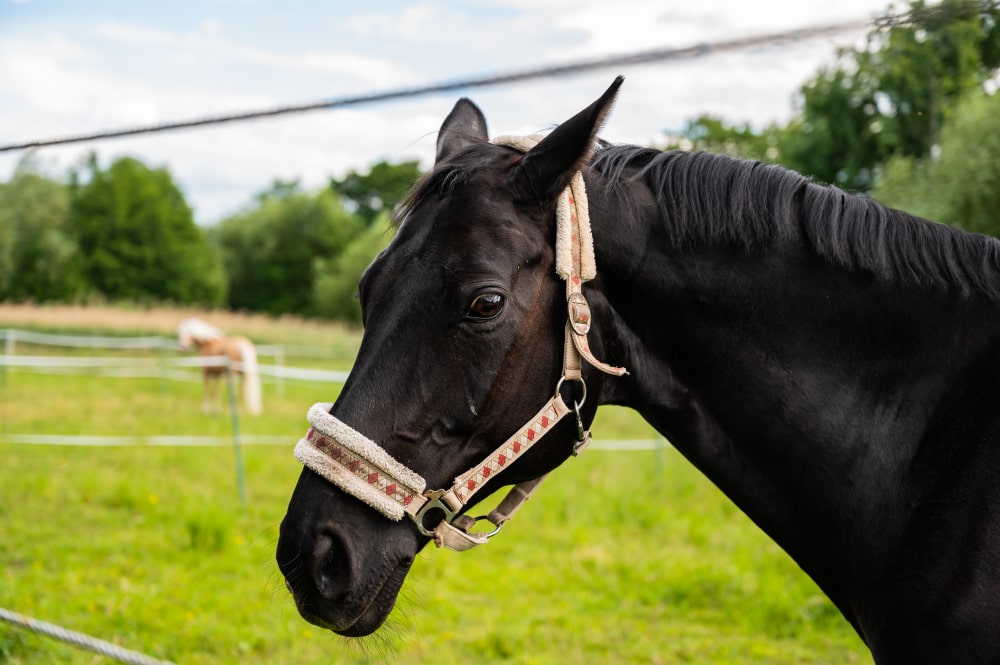
Dutch Gag Vs. Pelham: Bits ...
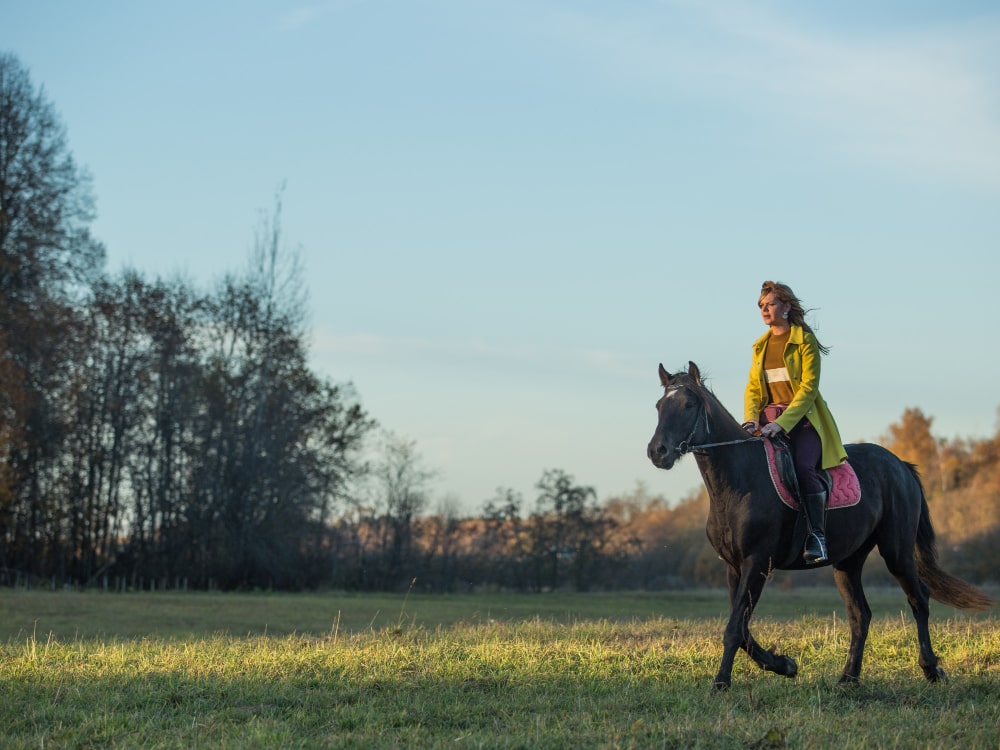
Walking Horse vs Racking Horse: ...
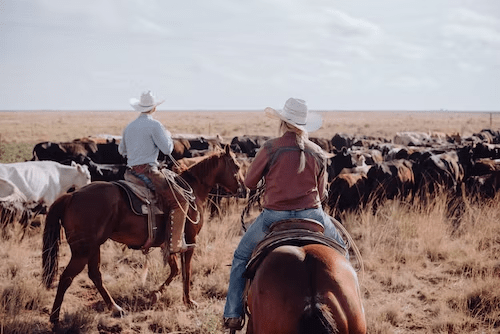
Wade vs Association Saddle: Your ...
.jpg)
Step Up vs Ramp Horse ...

Bosal vs Hackamore: A Head-...
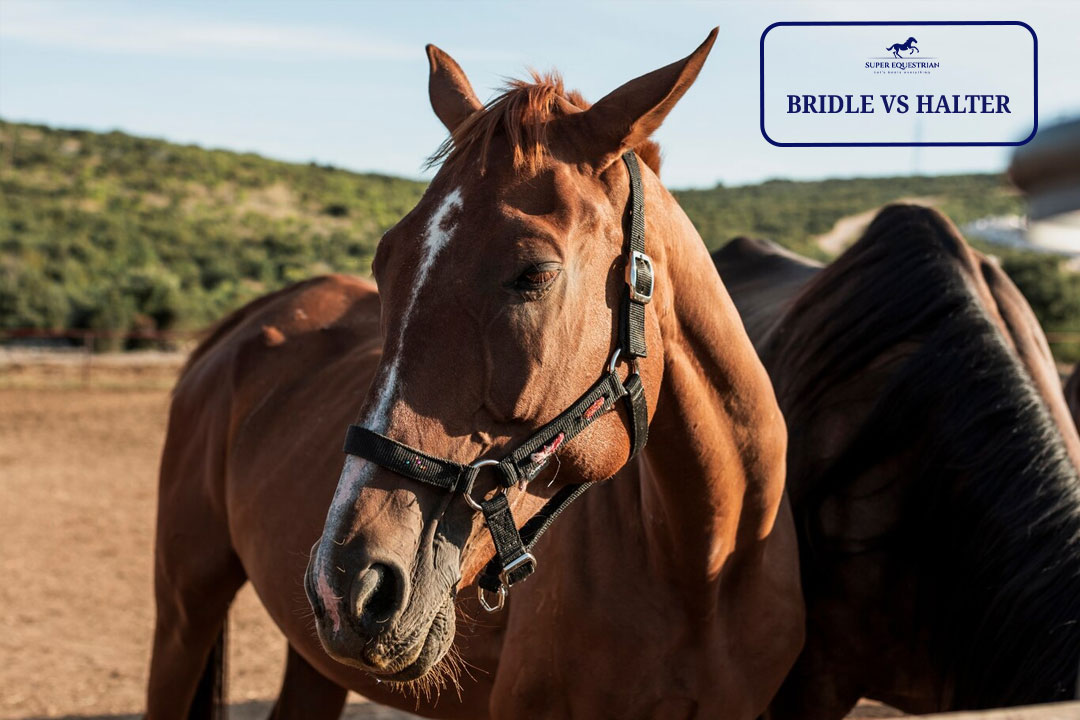
Bridle Vs Halter: Which One ...

Paddock Boots Vs Riding Boots: ...

Shadow Horse Trailer Problems: Causes, ...
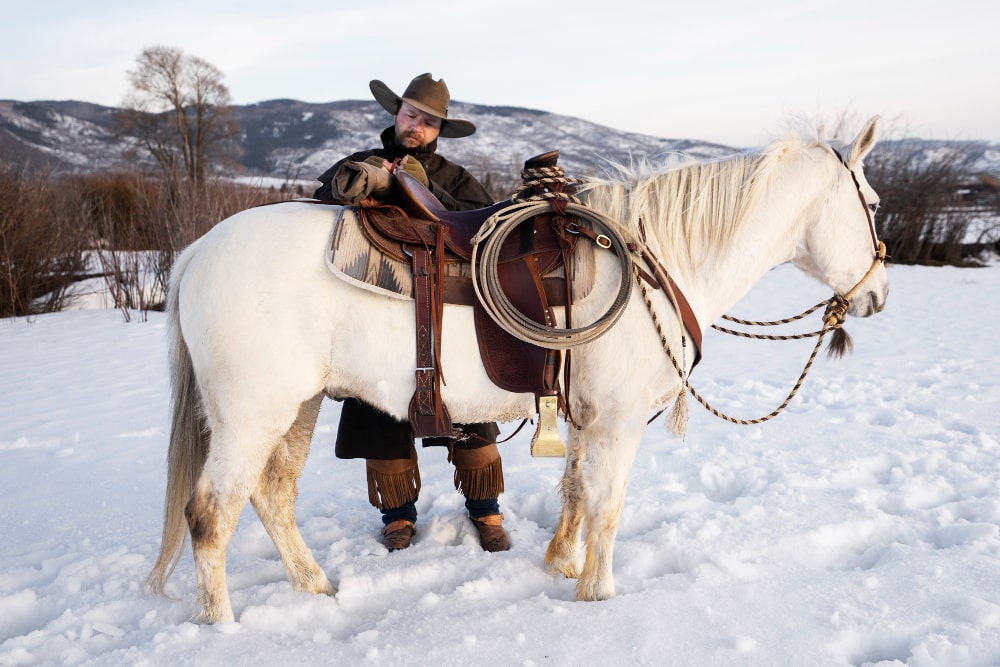
Are Billy Cook Saddles Good - ...

Let's Start at the ...
Benefits of Beet Pulp for ...
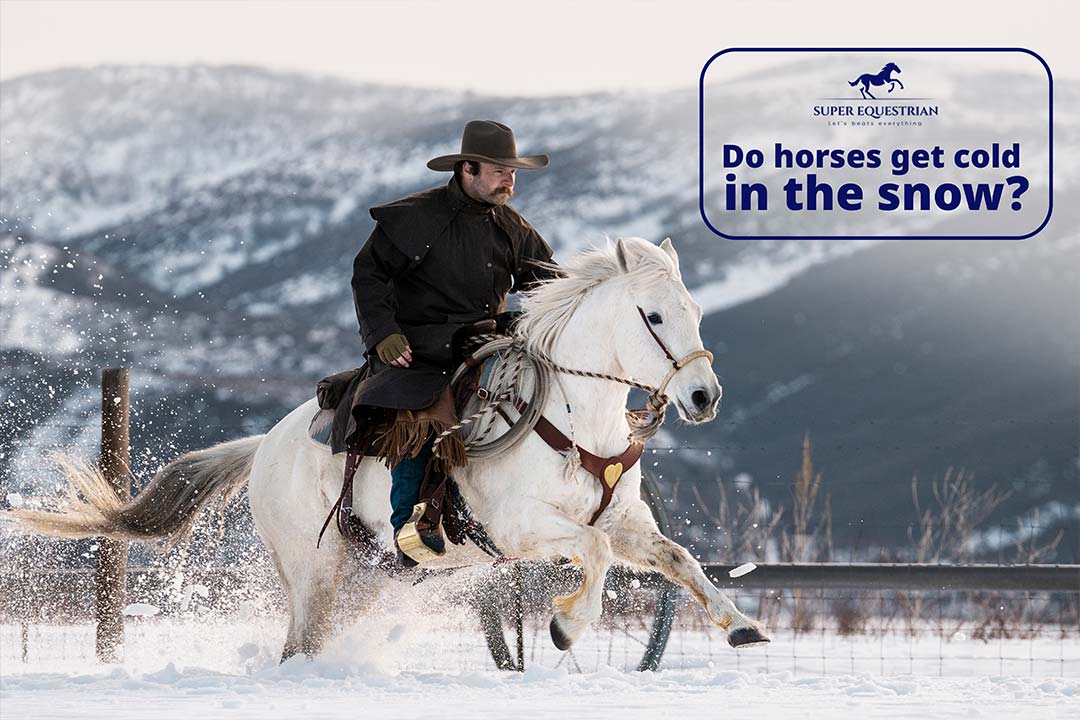
Do horses get cold in ...
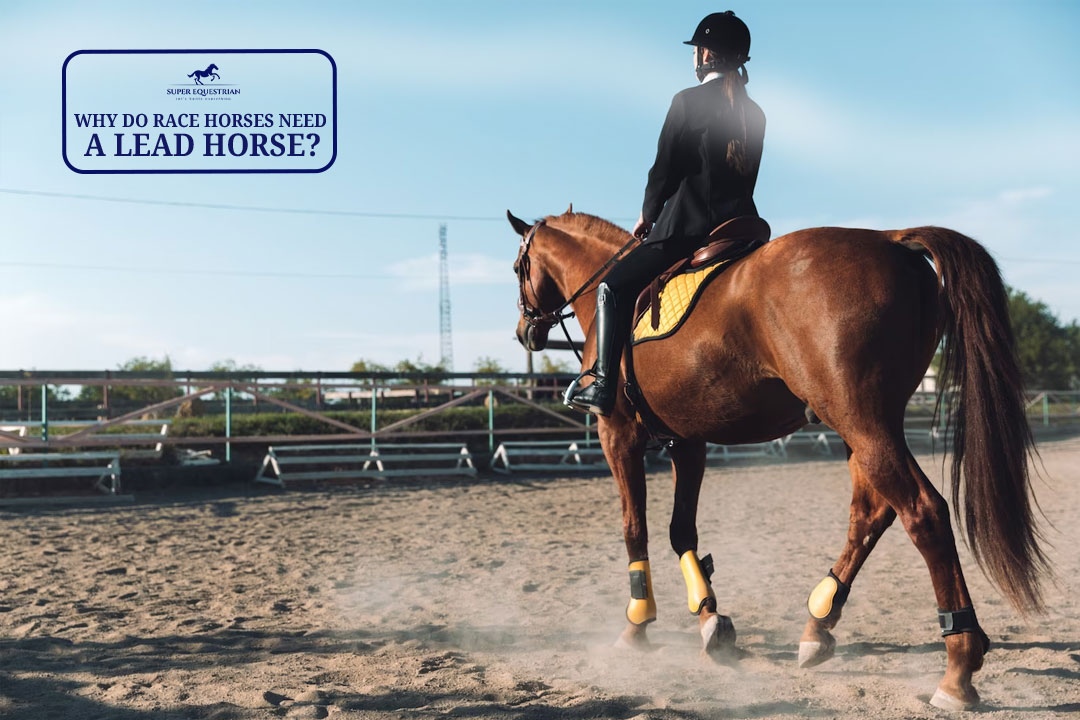
Why Do Race Horses Need ...
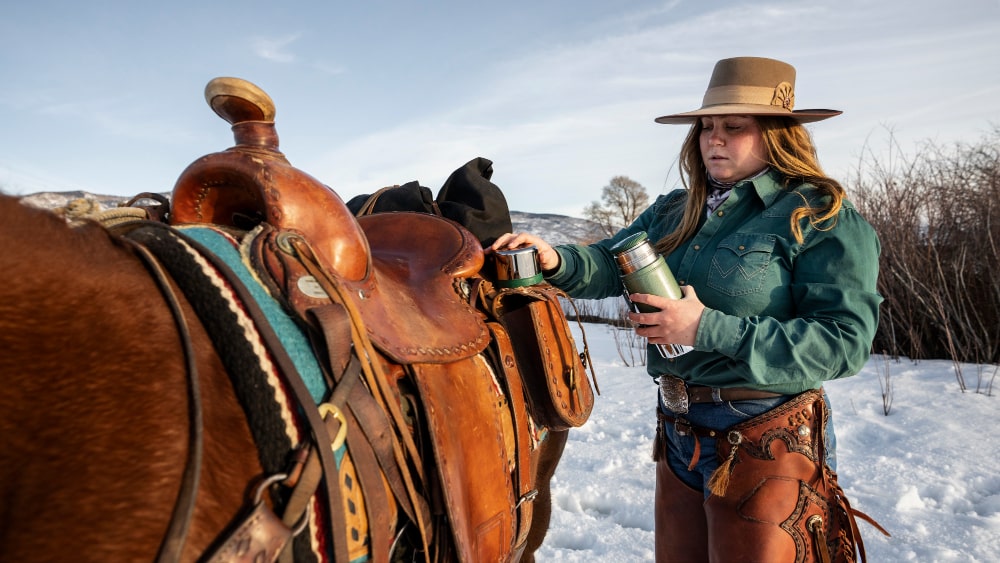
Ranch Saddle vs. Roping Saddle: ...

Round Pen vs Square Pen ...

Must Have Horse Trailer Accessories: ...
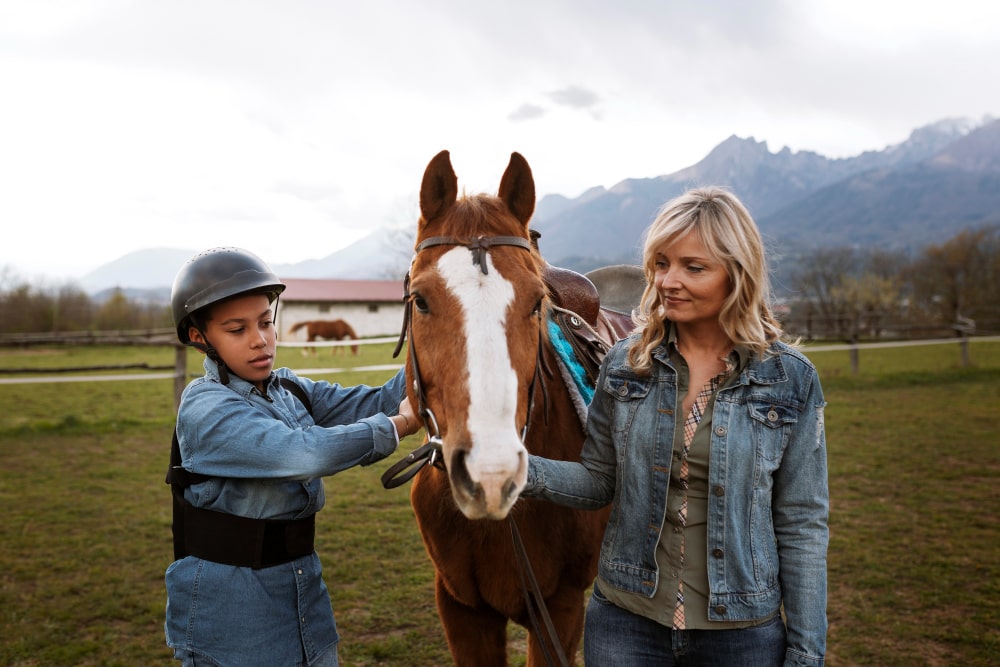
Is MIPS Worth for Equestrian?...
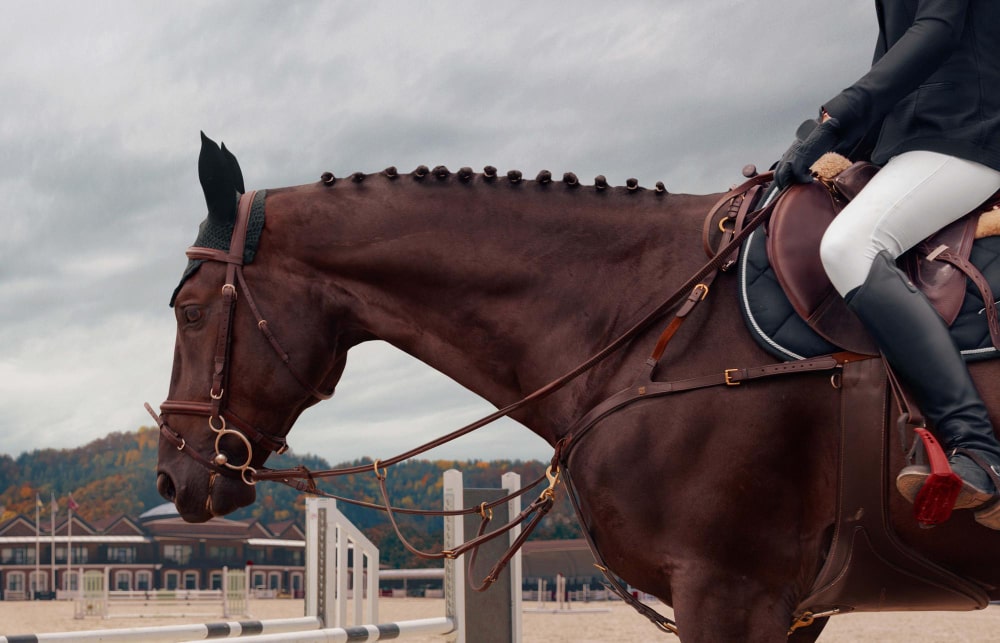
Natural Horsemanship vs Positive Reinforcement: ...

How to Mount a Horse ...
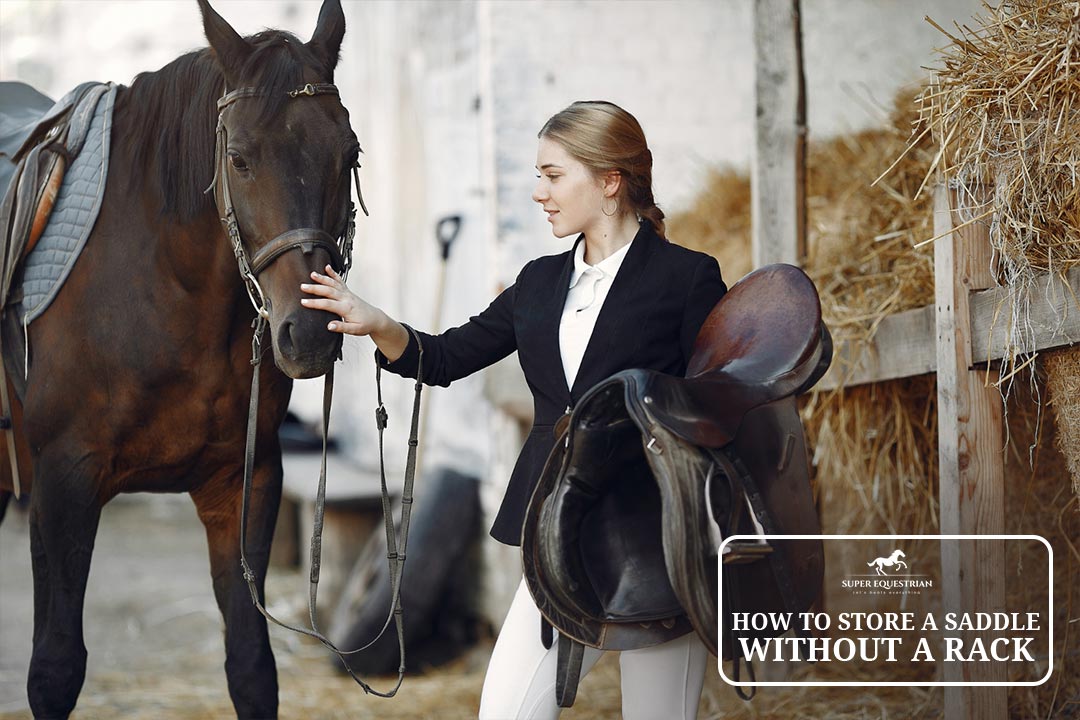
How to Store a Saddle ...
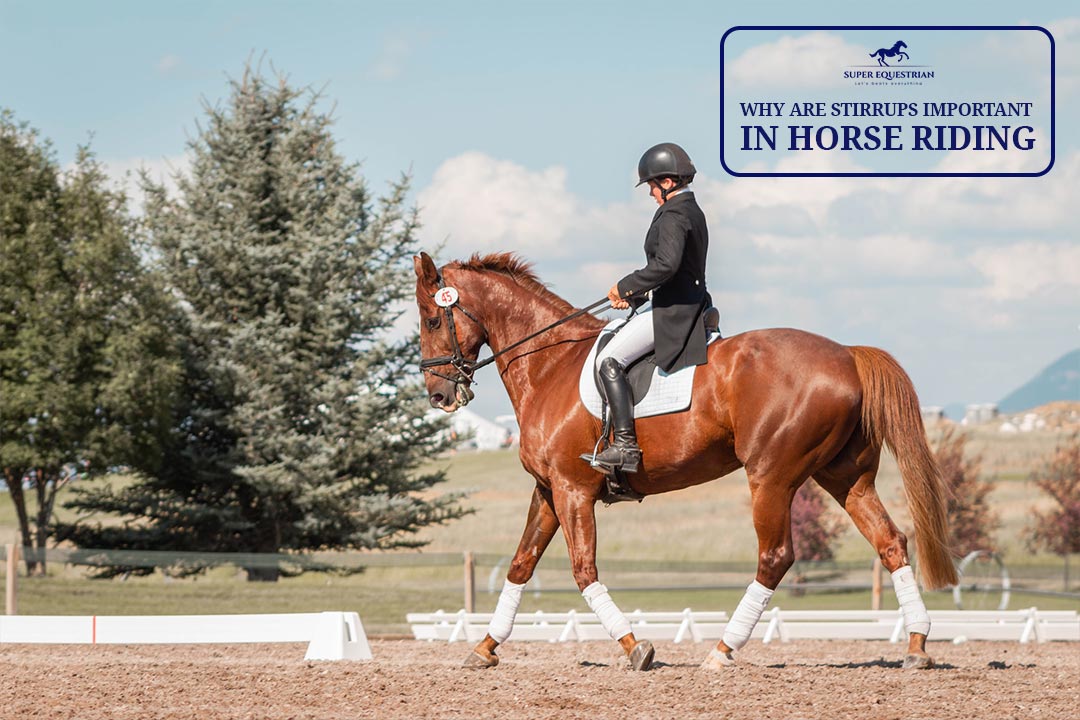
Why are Stirrups Important in ...
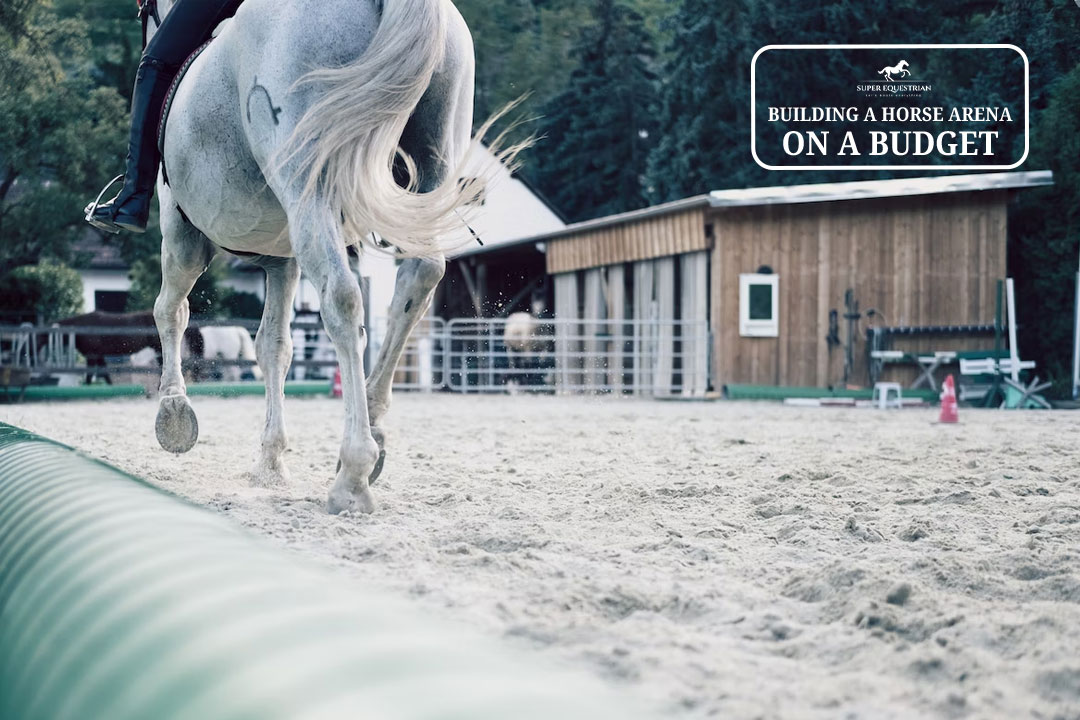
Building a Horse Arena on ...

How to Make Horse Treats ...

Order of Grooming a Horse...

Horse Riding Lessons Plan: The ...

Horse Trailer Roof Replacement and ...
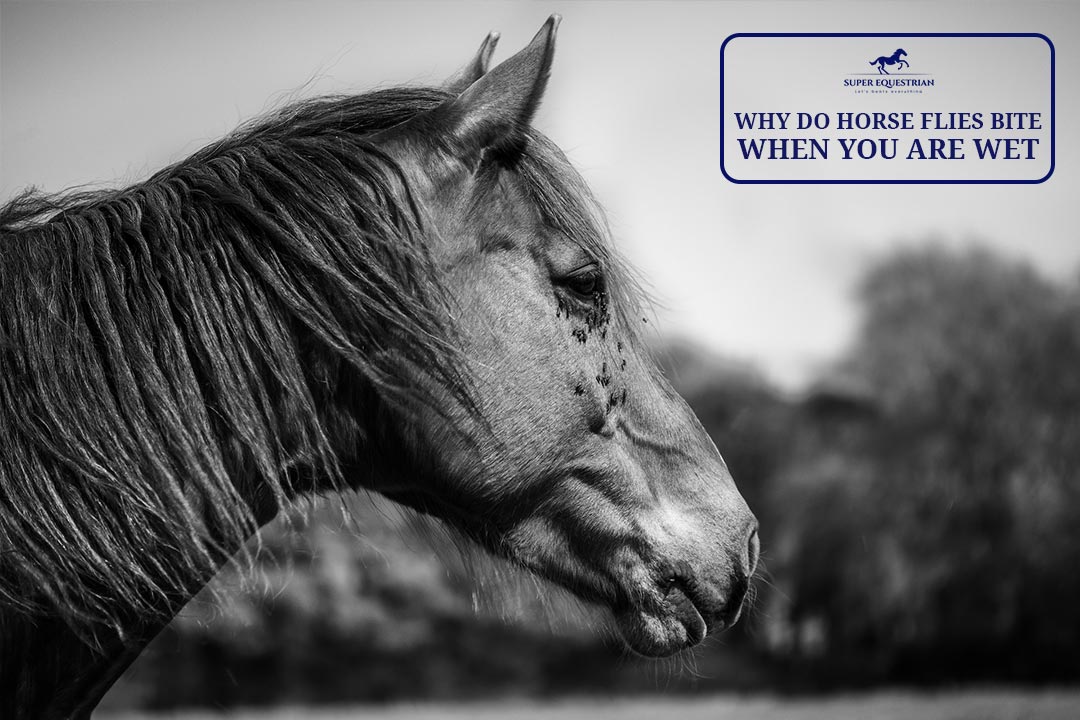
Why Do Horse Flies Bite ...

Why Do Hancock Bred Horses ...

Quarter Horse Bloodlines to Avoid...
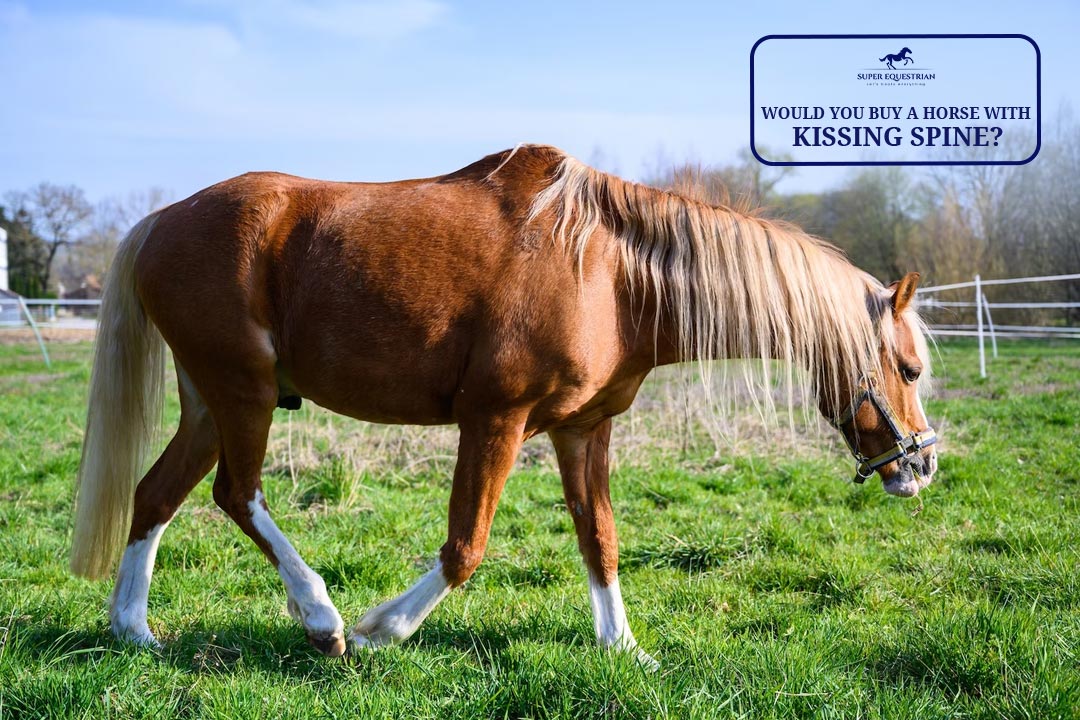
Would You Buy a Horse ...
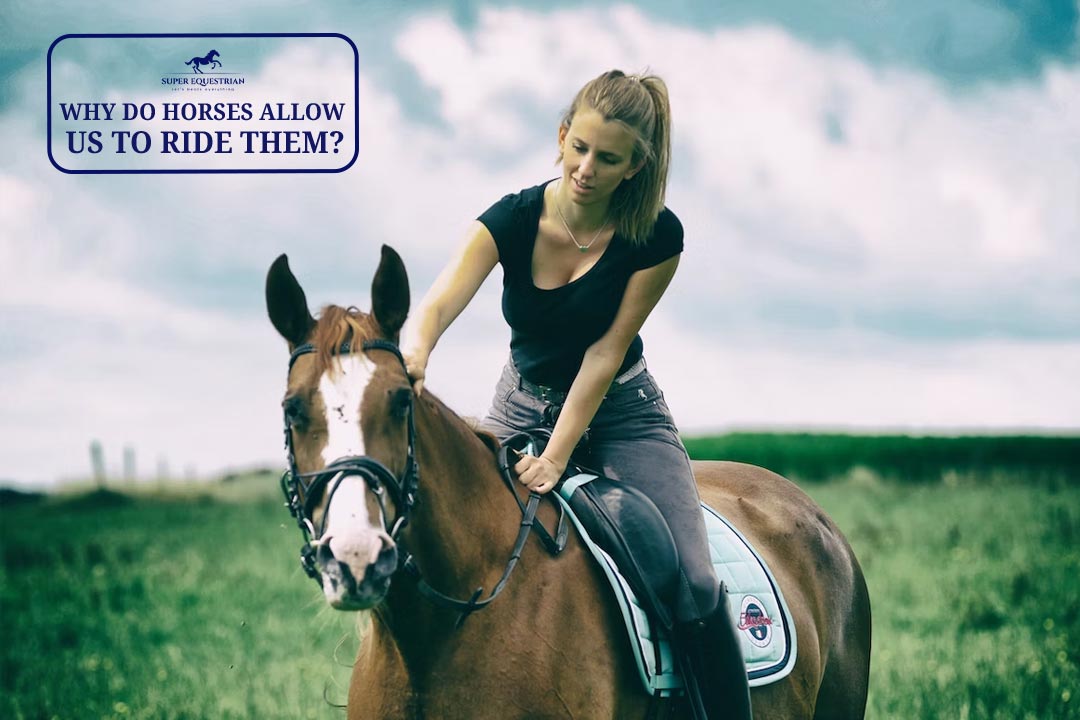
Why Do Horses Allow Us ...

Would you buy a horse ...

Why Are Klapper Bits So ...
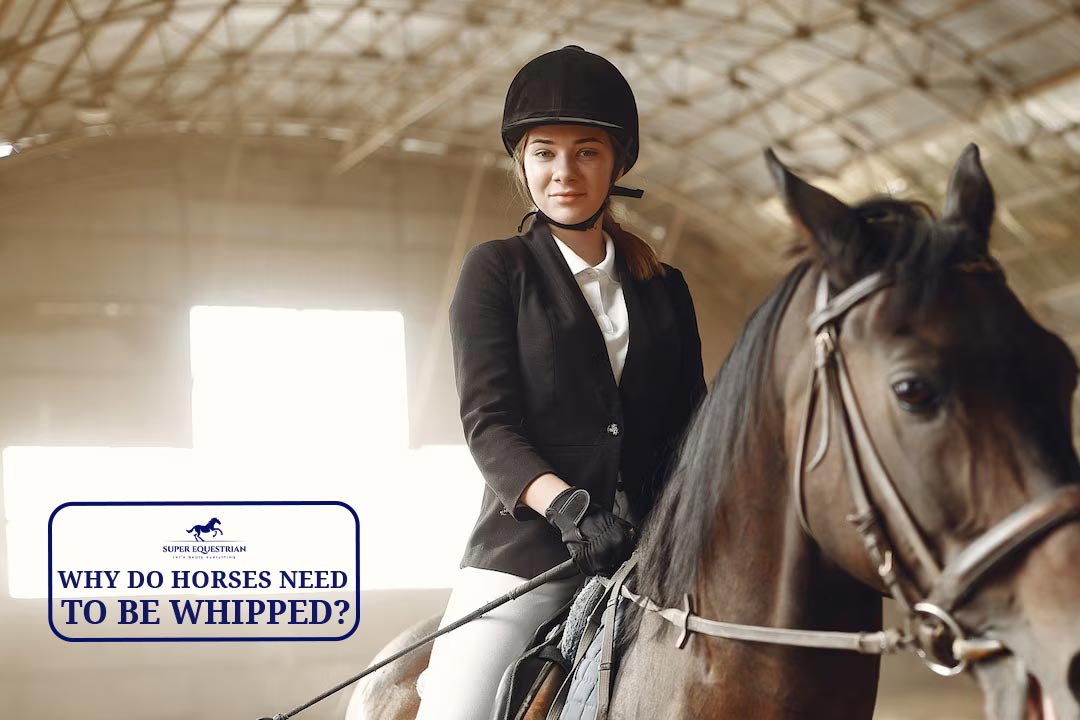
Why do horses need to ...

Why do you mount a ...
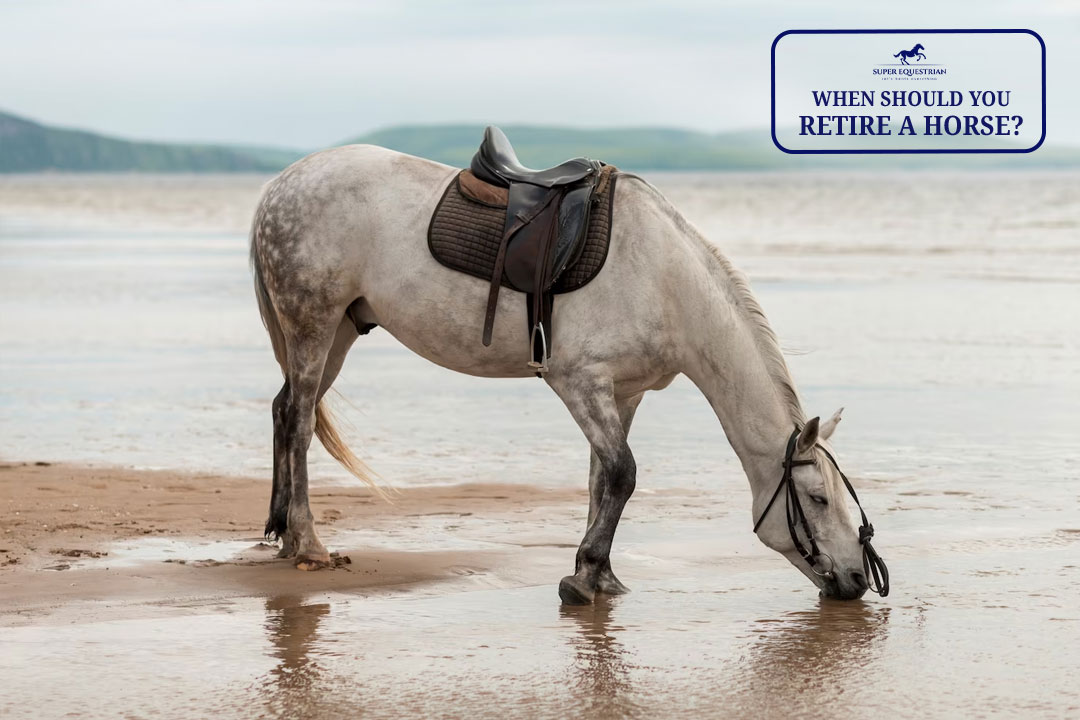
When Should You Retire A ...
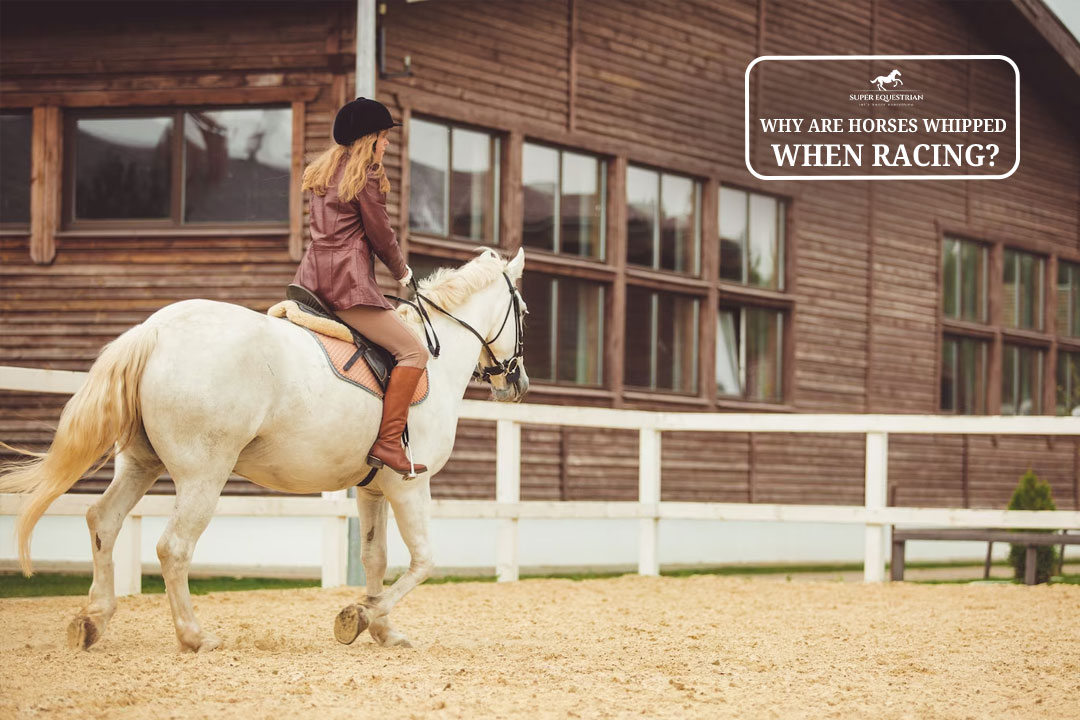
Why Are Horses Whipped When ...
.jpg)
Why Do Horses Have A ...
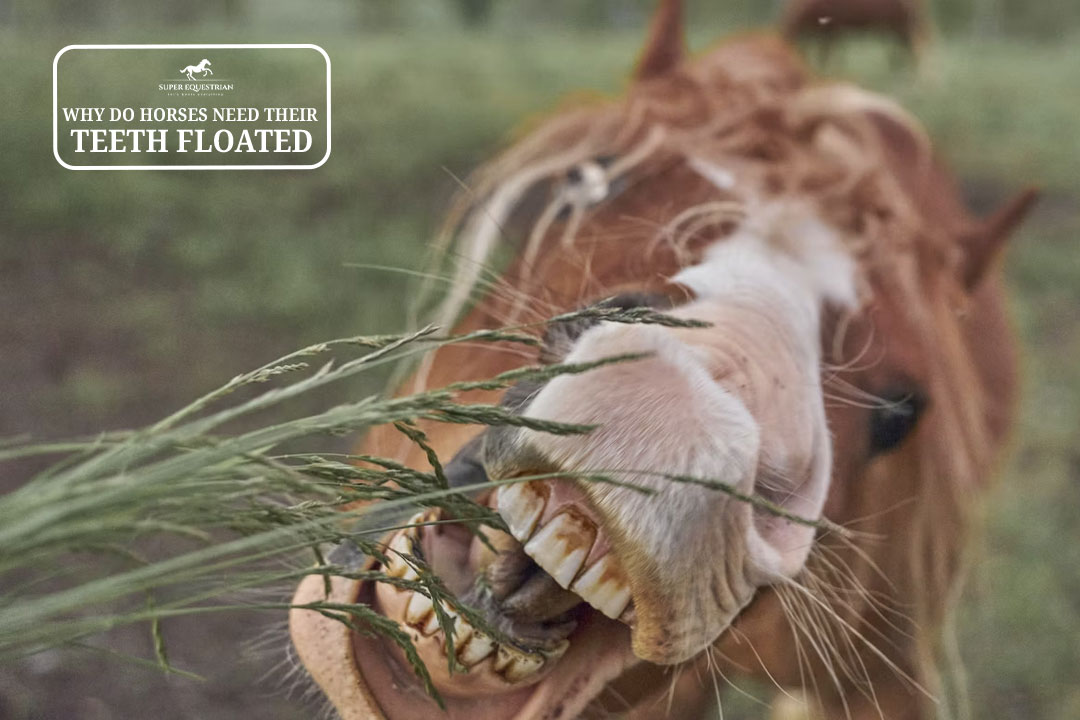
Why Do Horses Need Their ...

What To Do If Horse ...

What To Do If A ...
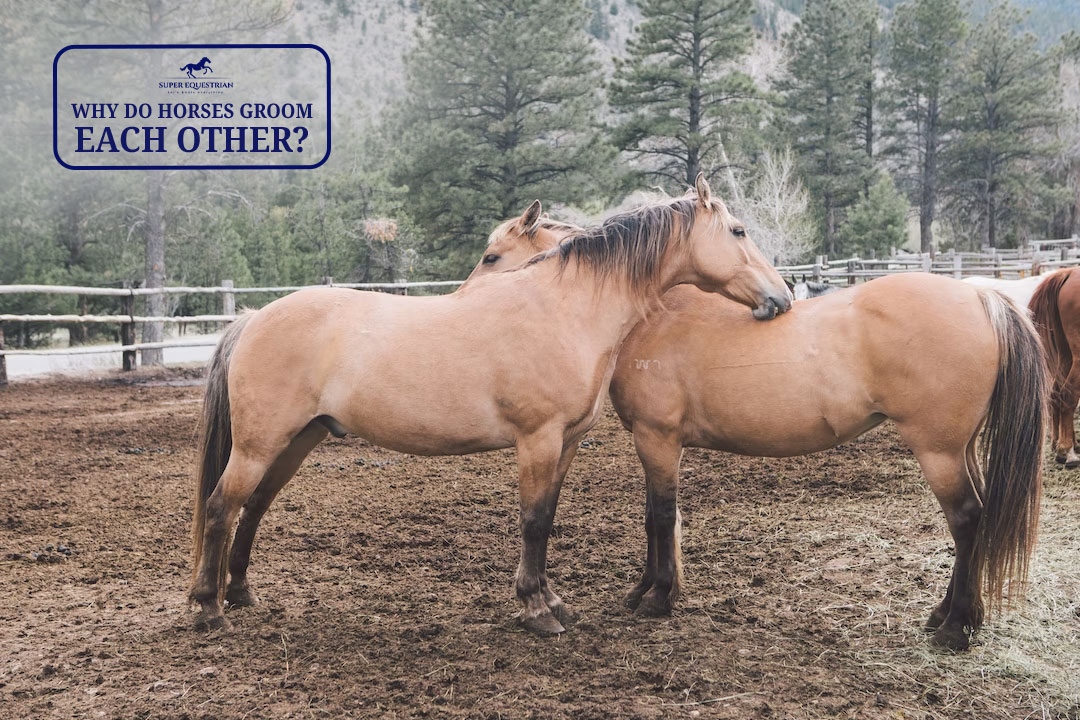
Why do horses groom each ...
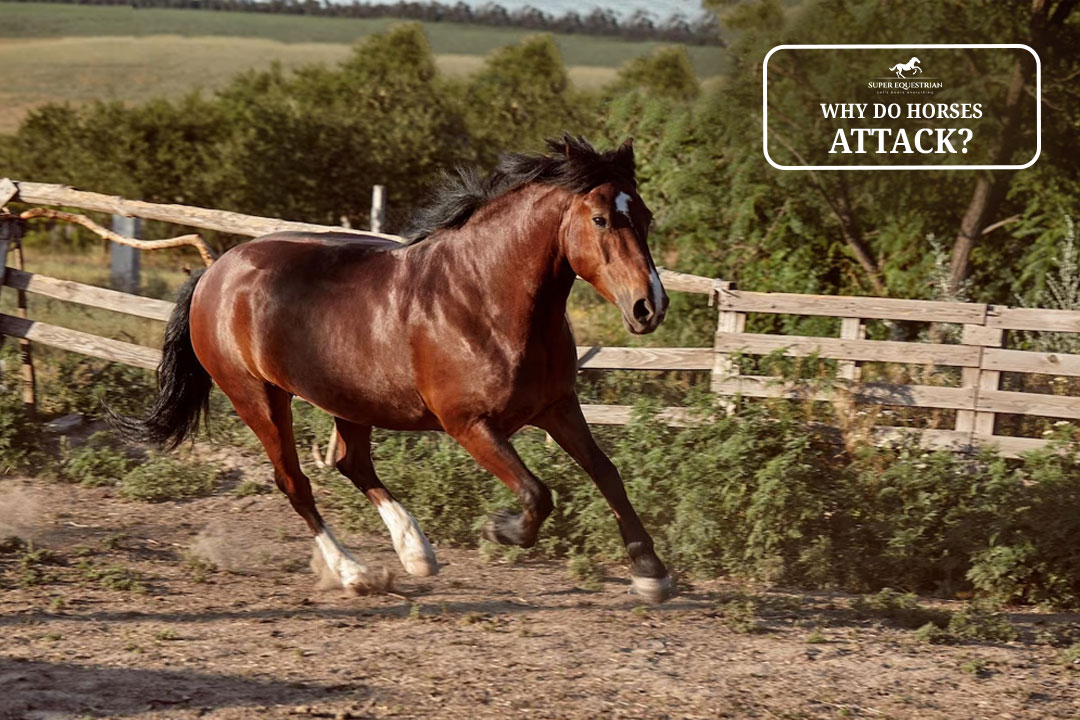
Why do horses attack...

Should I Use a Martingale ...

How to fit bell boots ...

How To Keep Horse Stalls ...
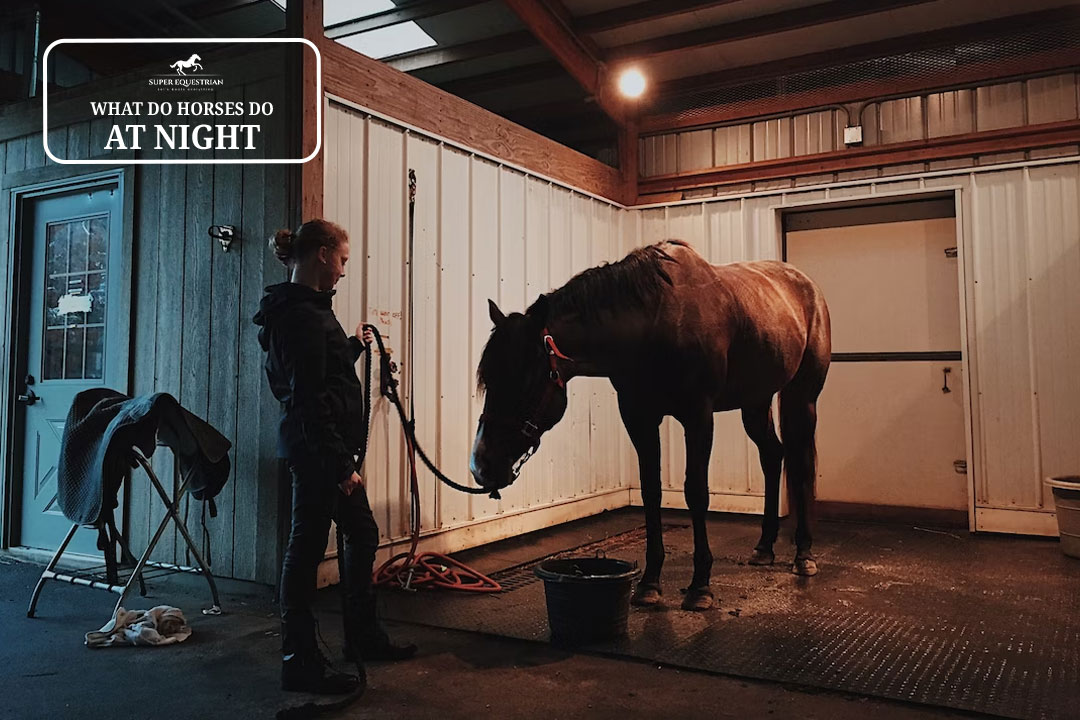
What Do Horses Do At ...
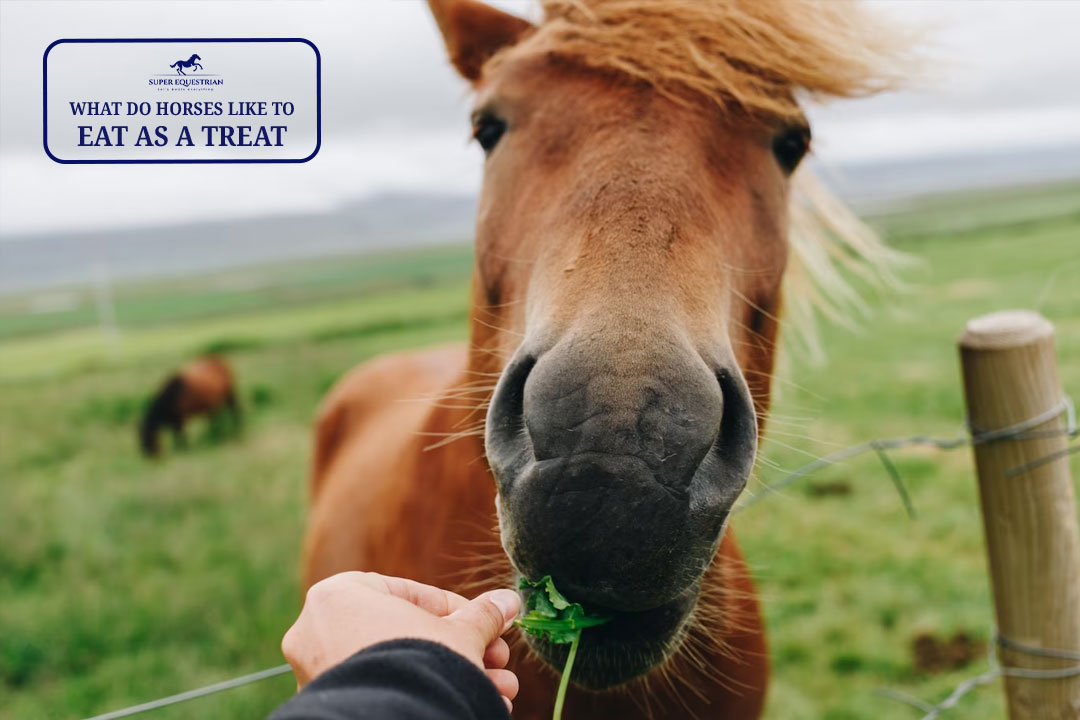
What do horses like to ...

Why do wild horses get ...
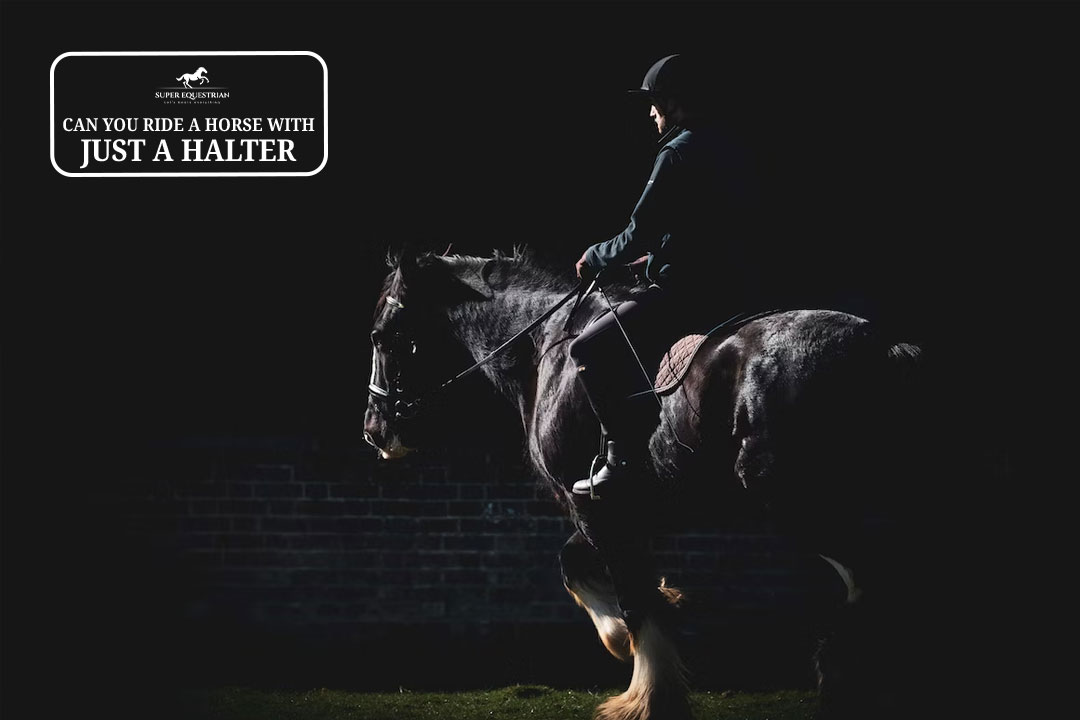
Can you ride a horse ...
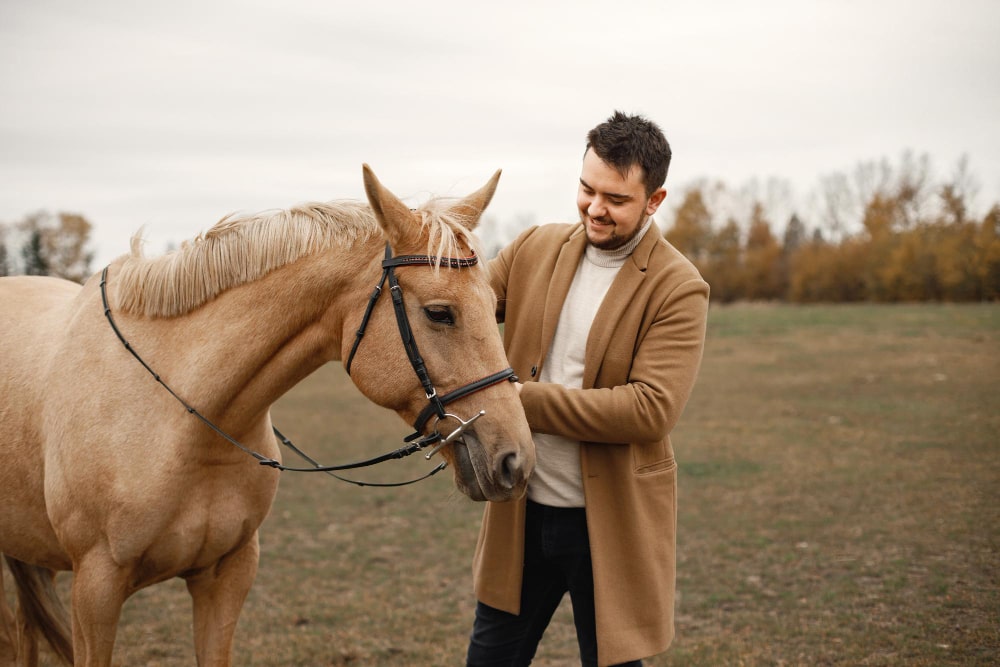
Are horses protective of their ...
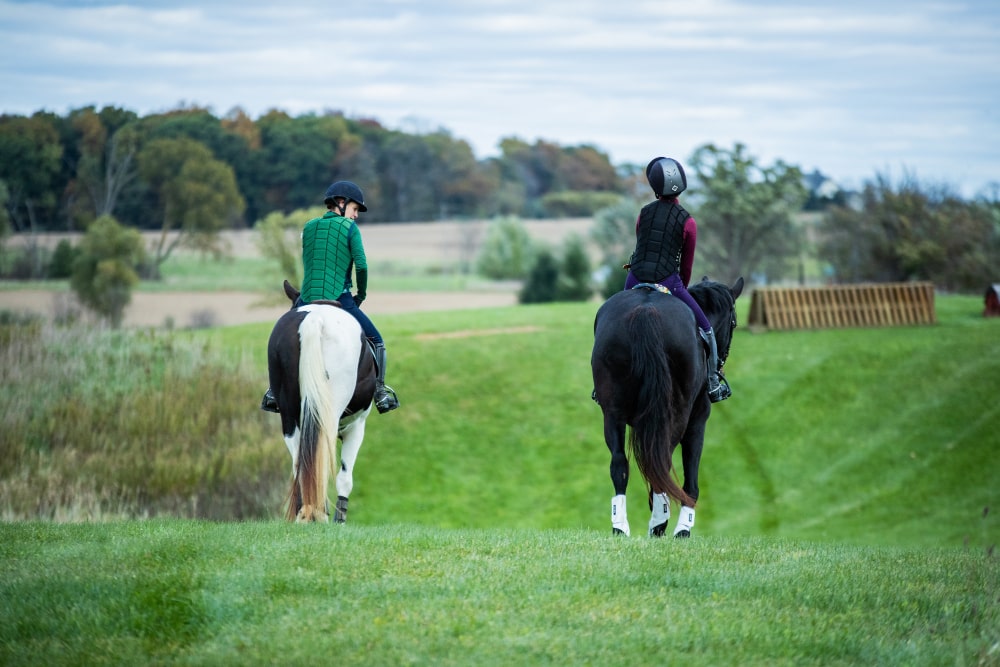
Why racking horses are popular ...
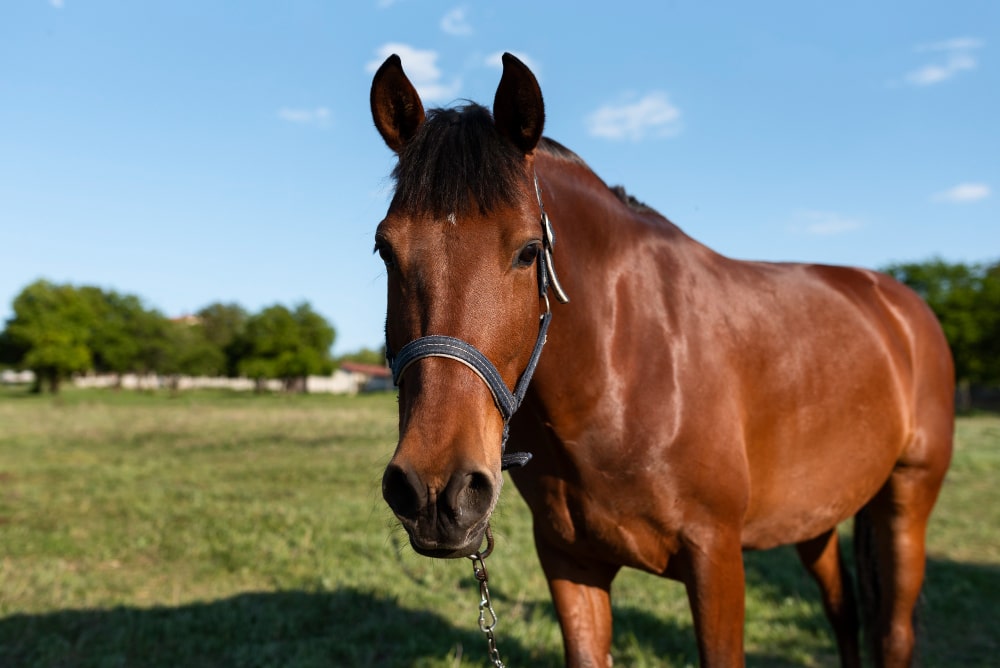
How To Keep Horses Off ...
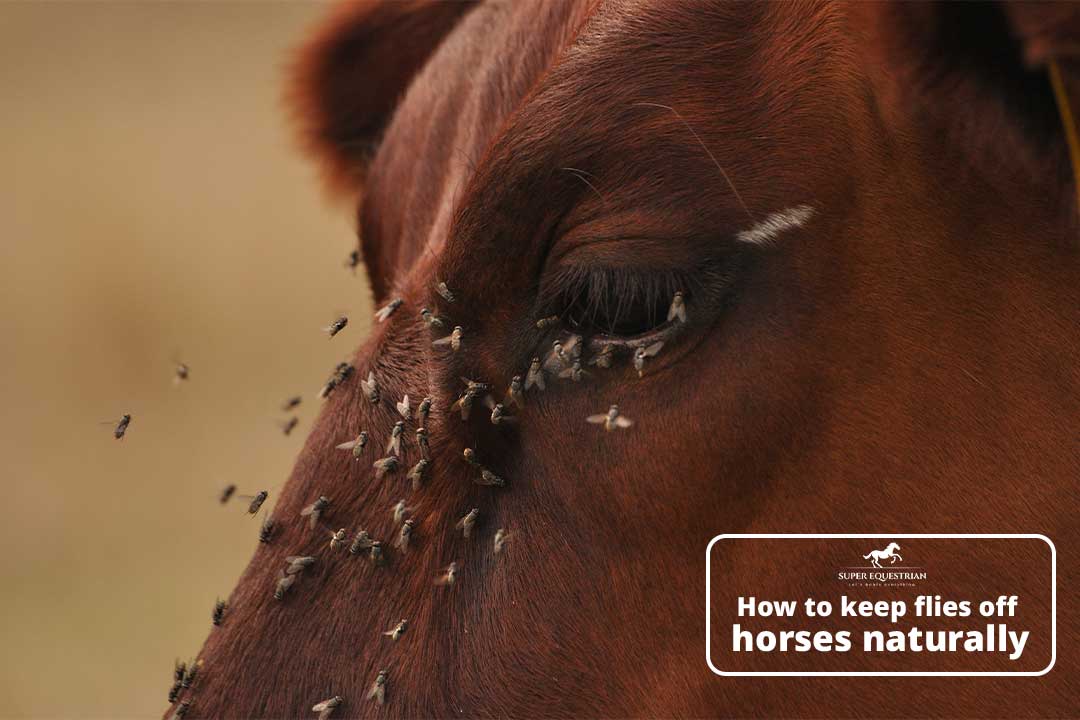
How to Keep Flies Off ...
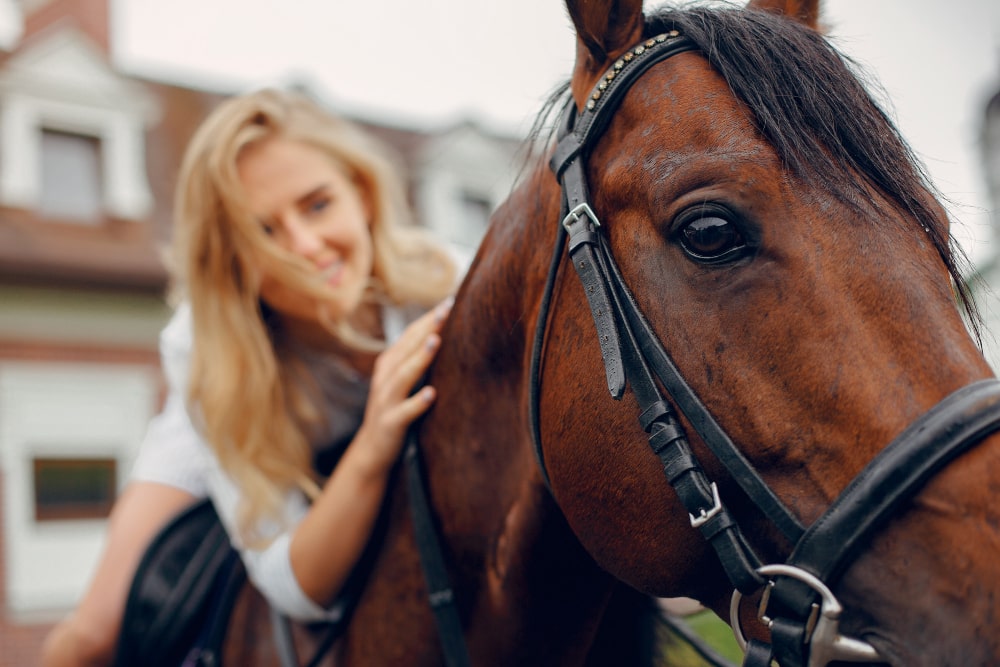
Pros and Cons Using A ...
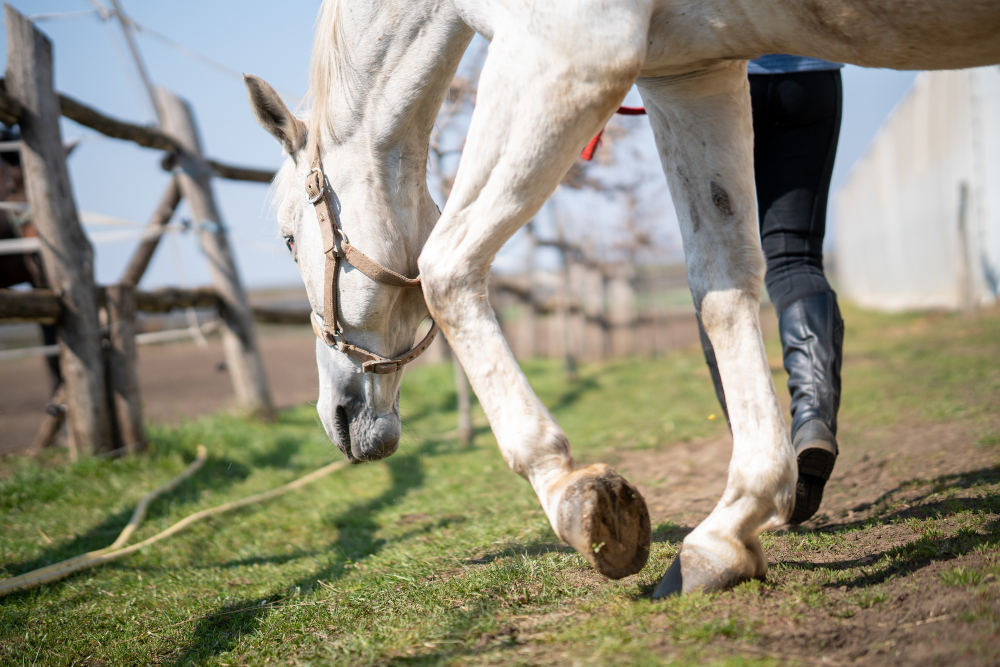
Can you ride a horse ...

Why are Corriente saddles so ...
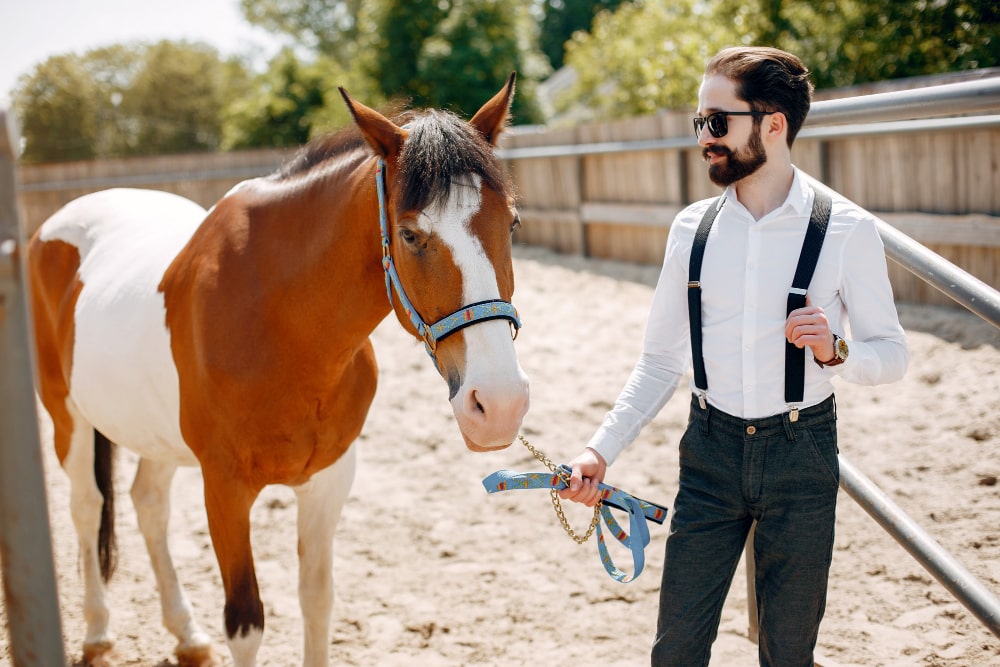
Pros and cons of equine ...
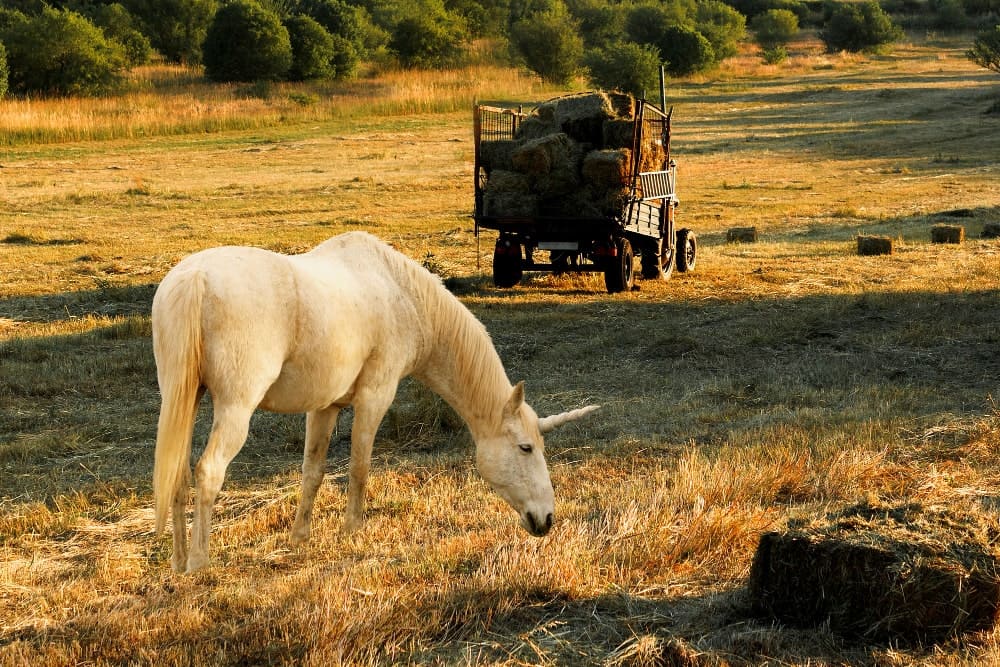
How Long After Mowing Can ...

How to Care for a ...
.jpg)
Why Do Horses Wear Blinders: ...
.jpg)
How to fit an exercise ...

Why is my horse bucking ...
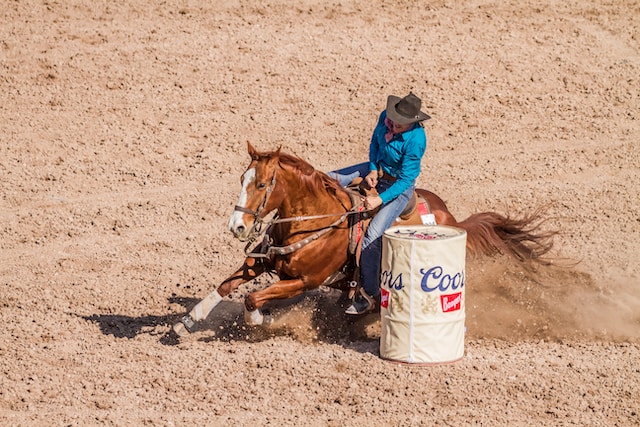
What causes a horse to ...

How to Stop a Horse ...
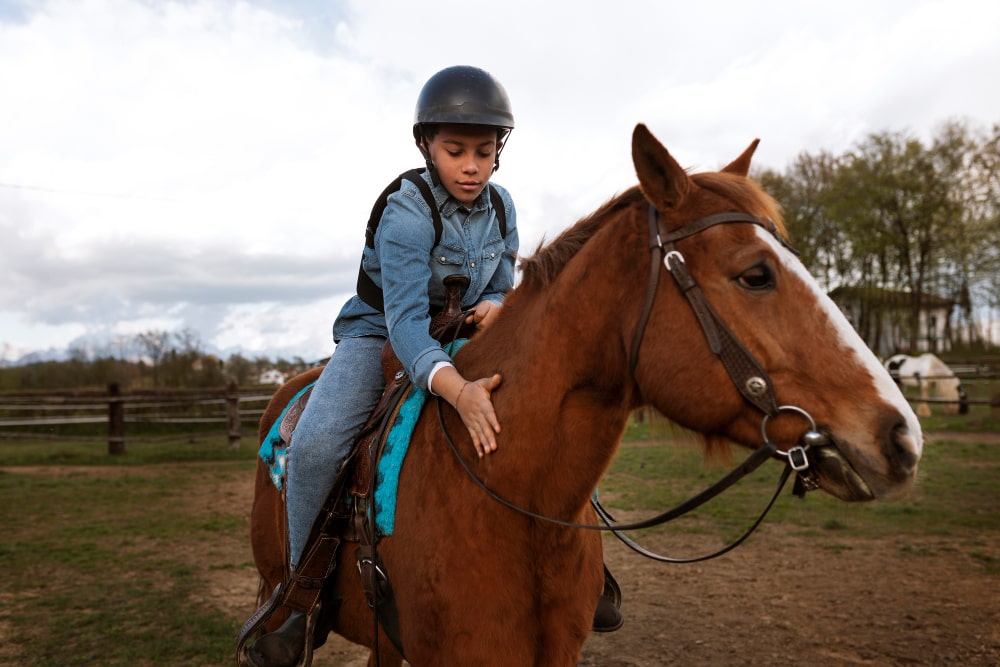
Why Is My Horse Bunny ...

How To Improve Pasture For ...
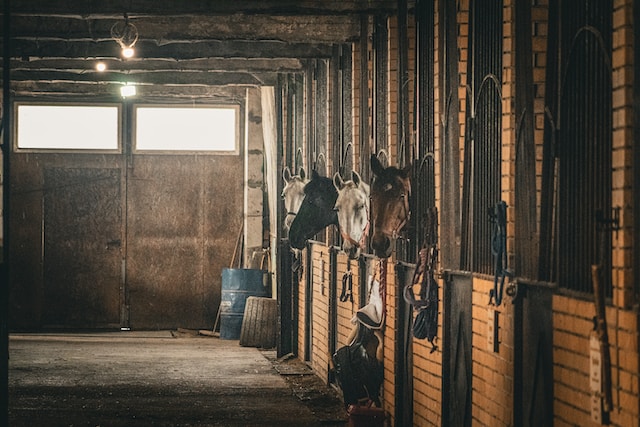
How to get the smell ...

Can you add ramp to ...

What Is The Temperament Of ...
.jpg)
Why Is Friesian Horse Hair ...
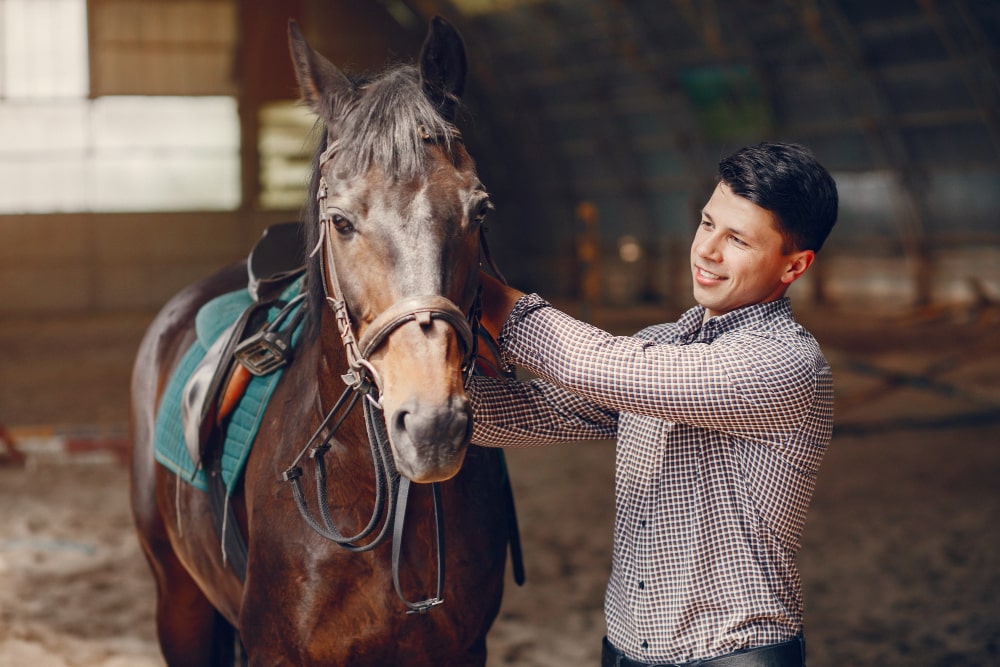
Why is my horse testing ...
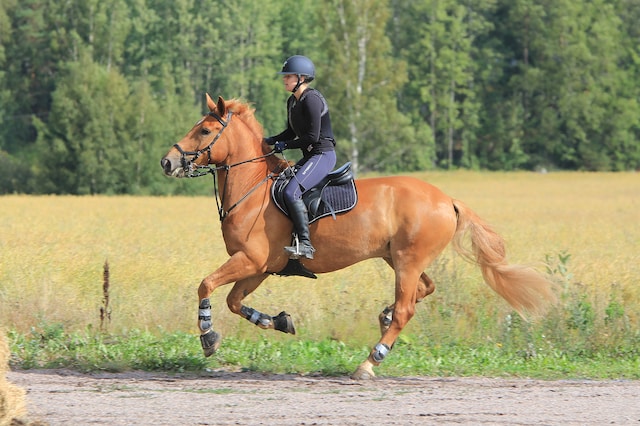
How often you should take ...
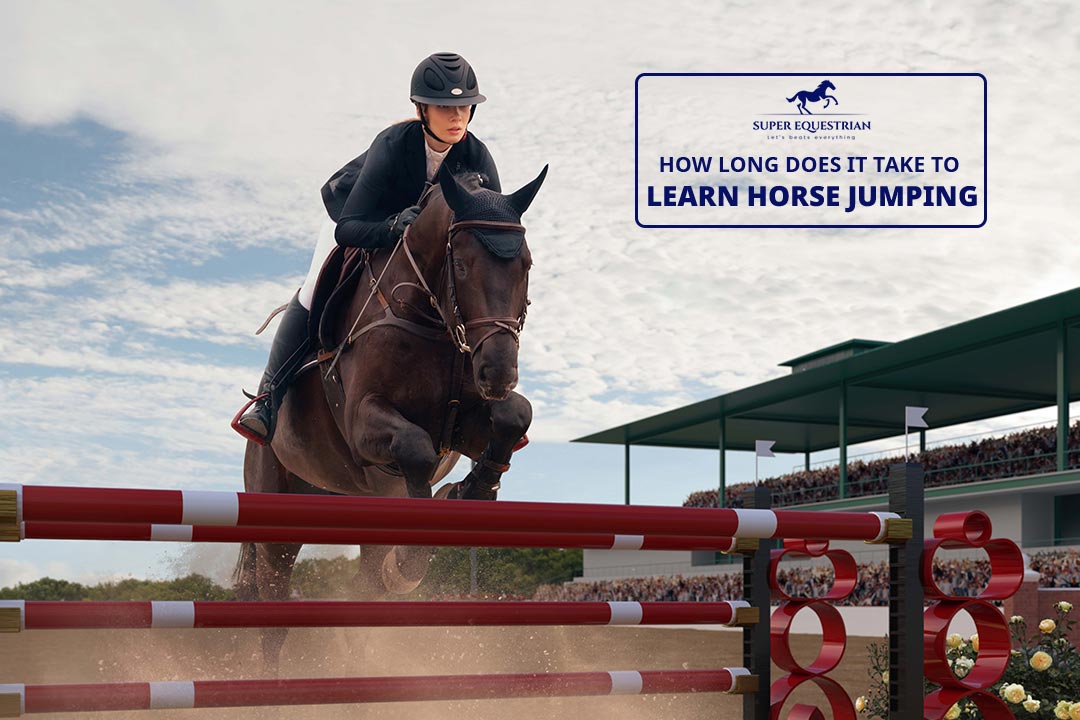
How long does it take ...
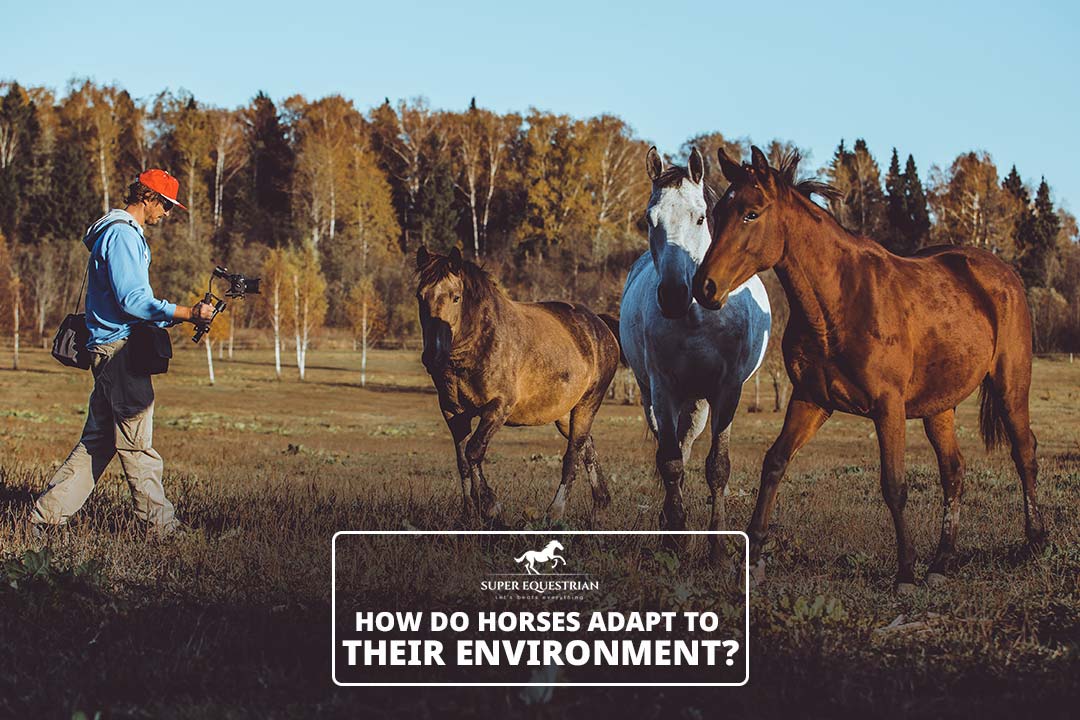
How do horses adapt to ...

How To Prepare For A ...
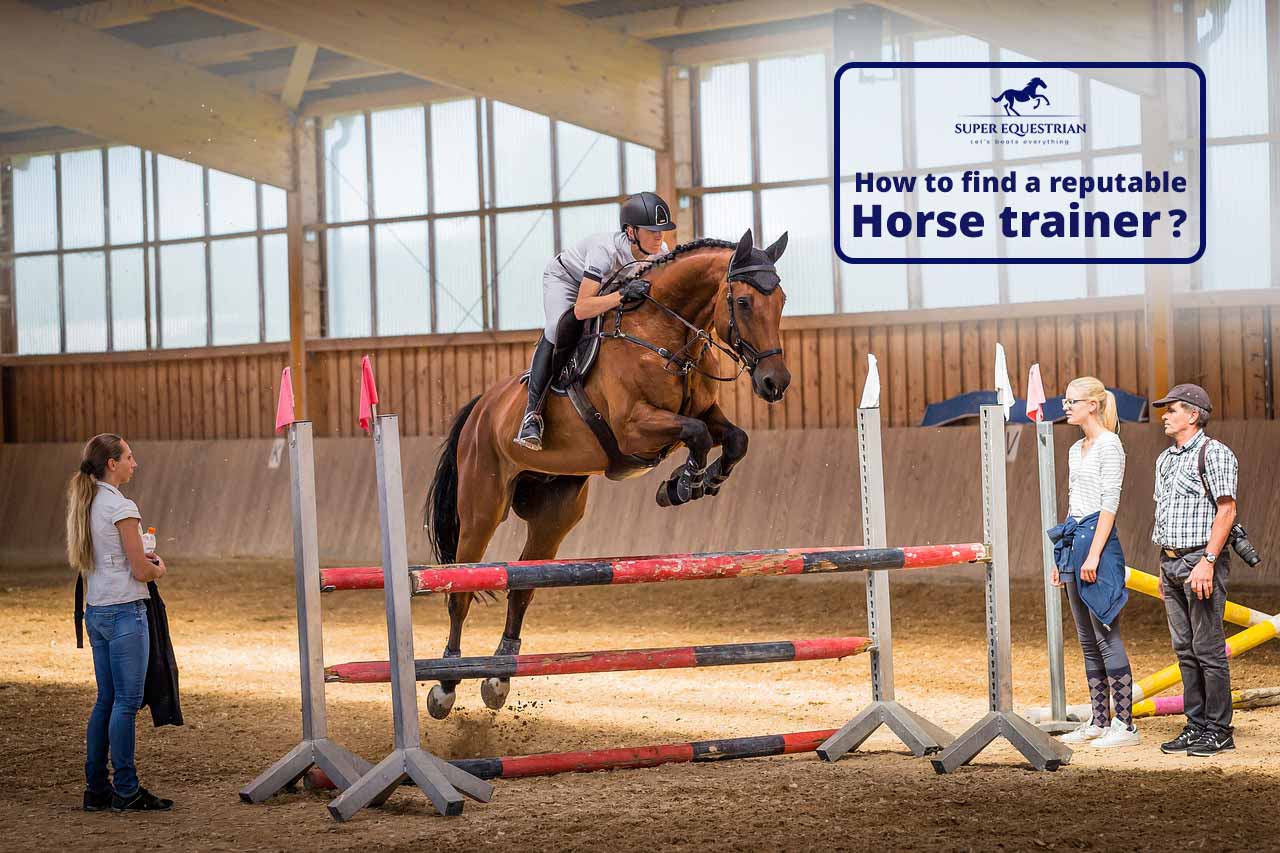
How To Find A Reputable ...
.jpg)
Do Horses Get Medals at ...

How to create a horse-...